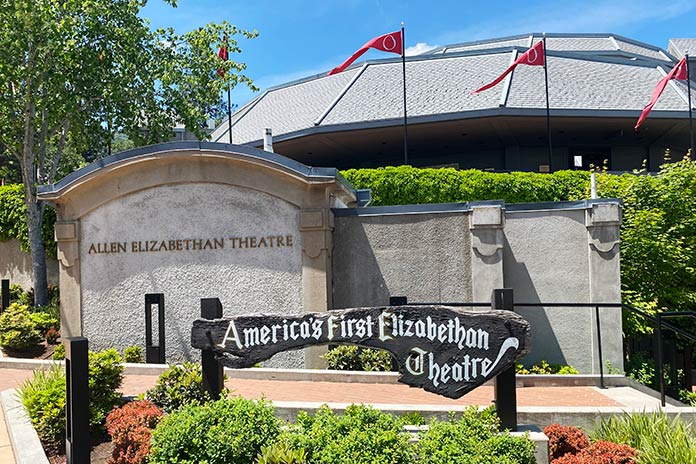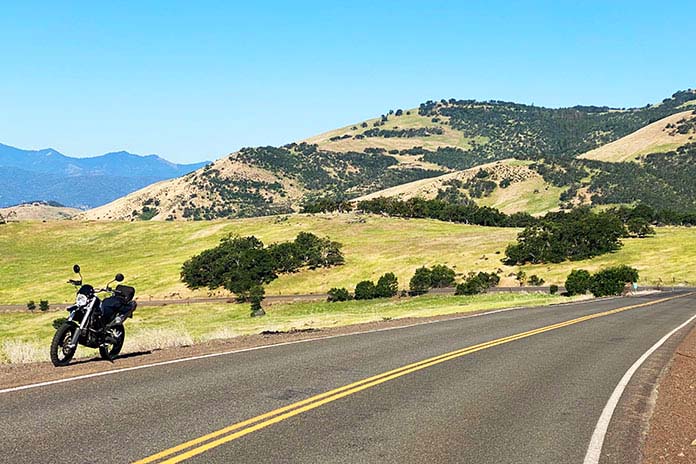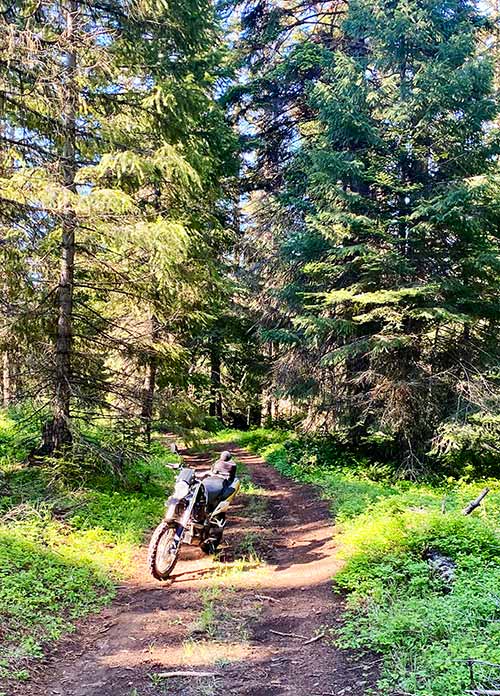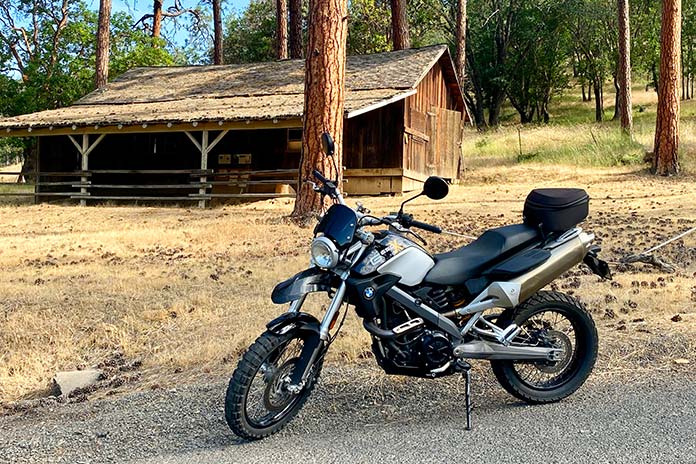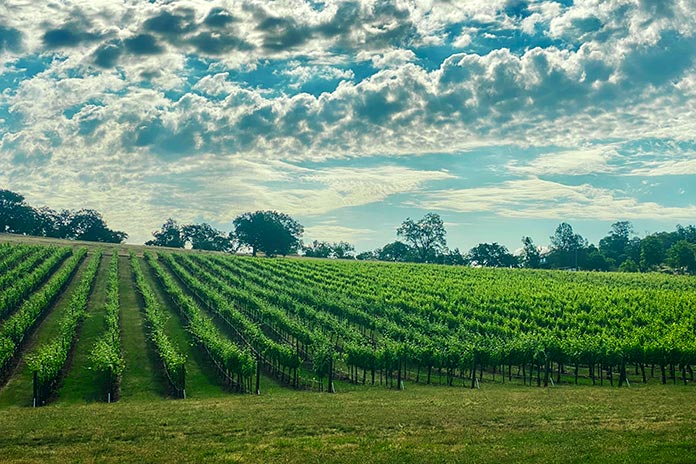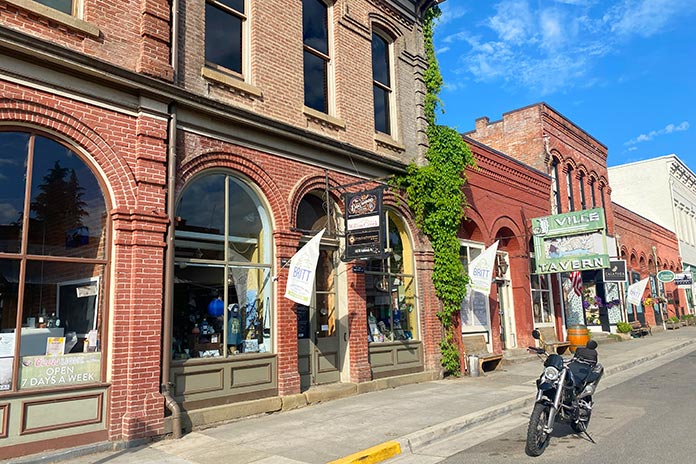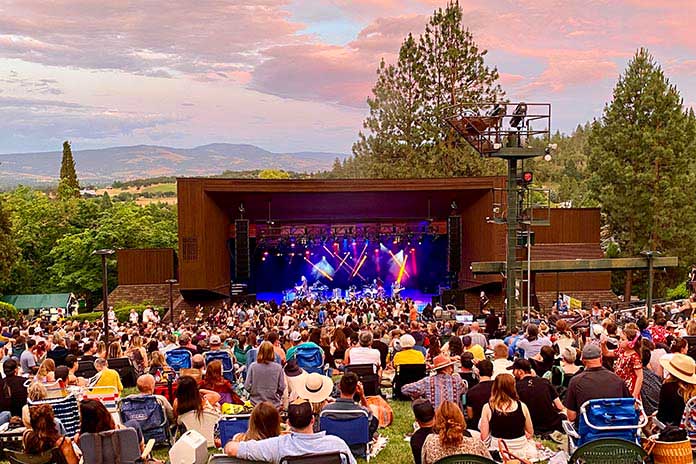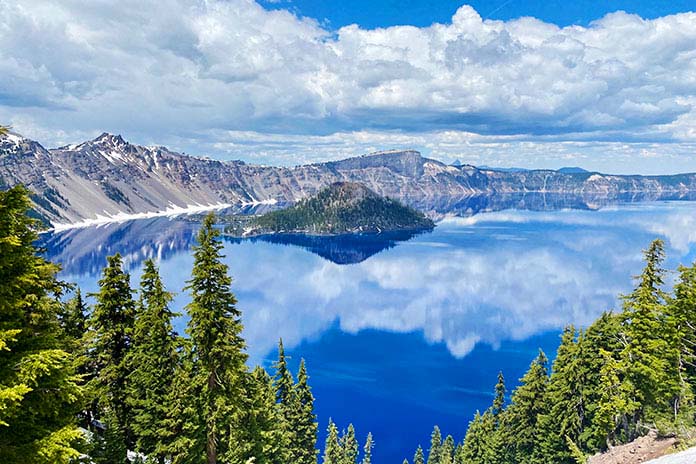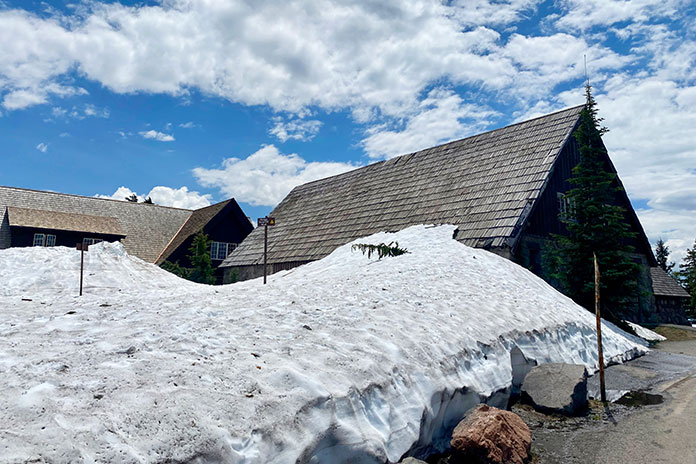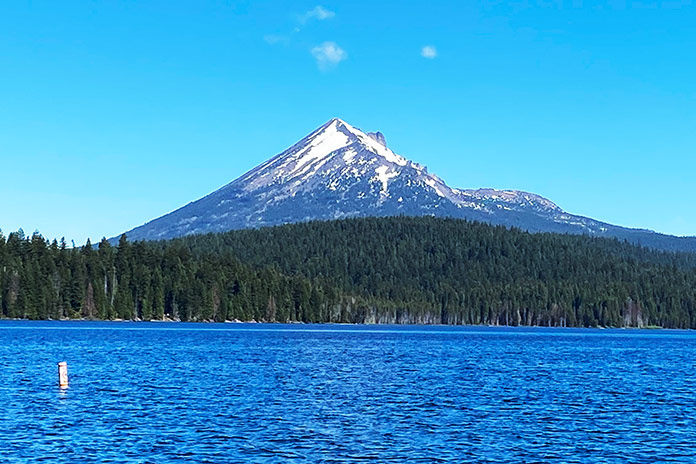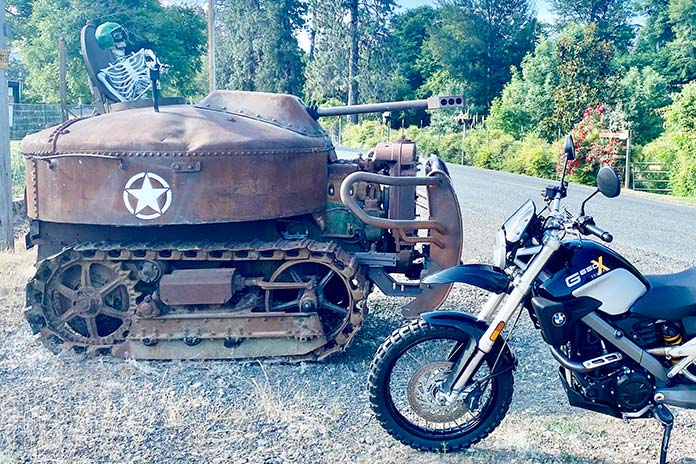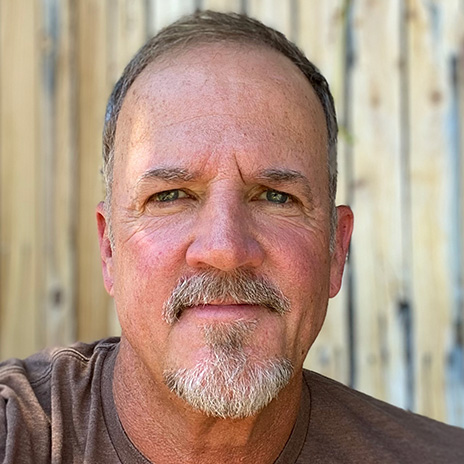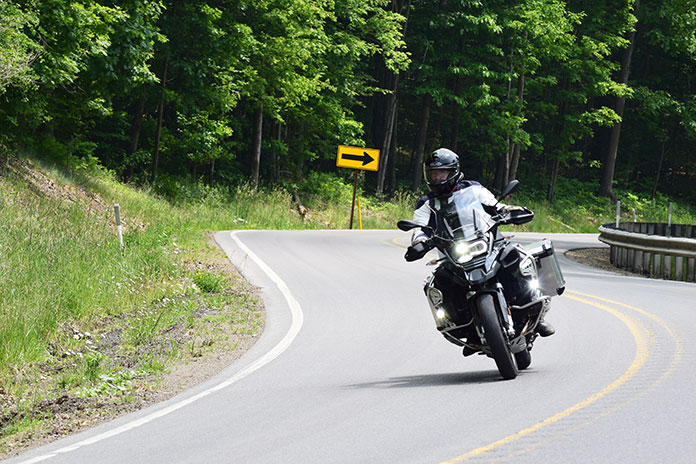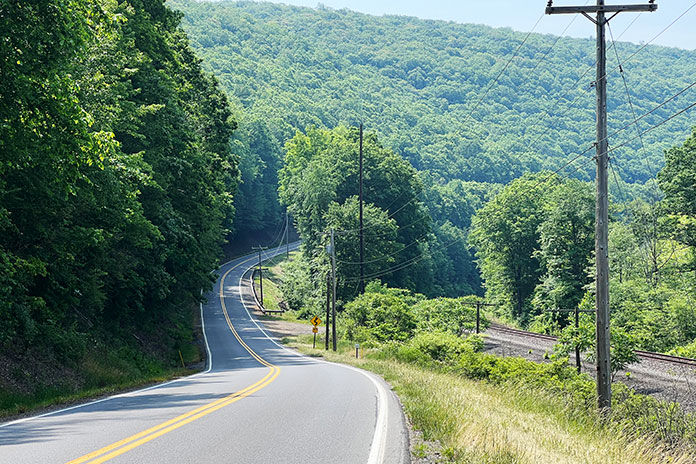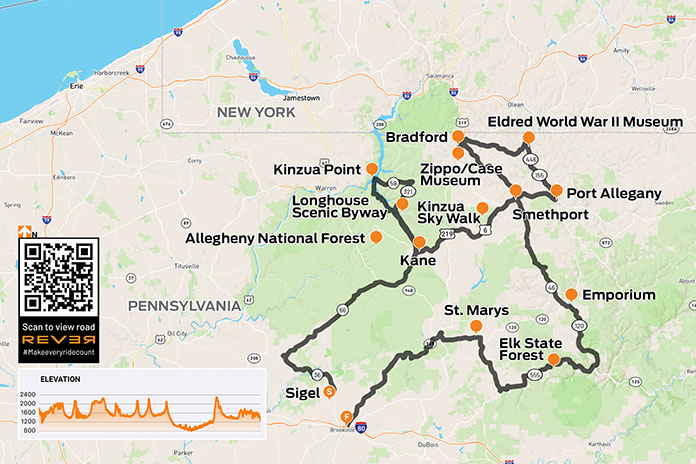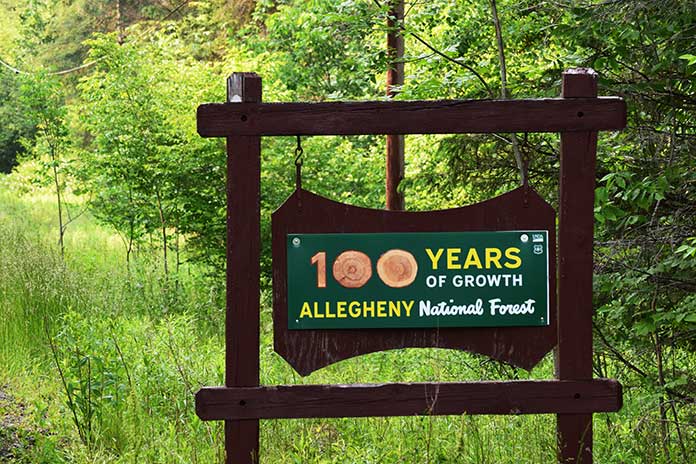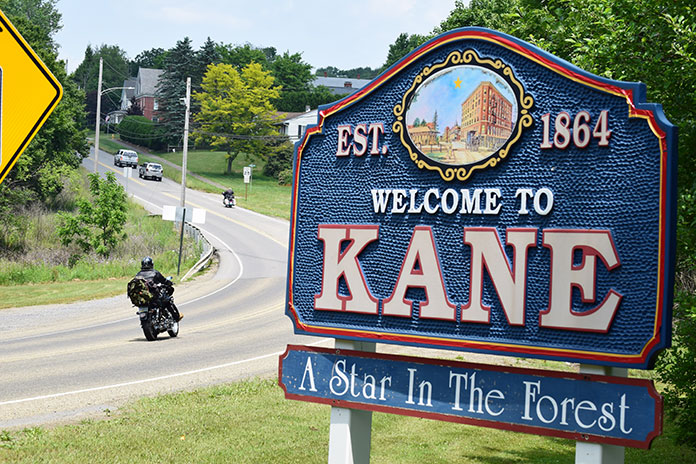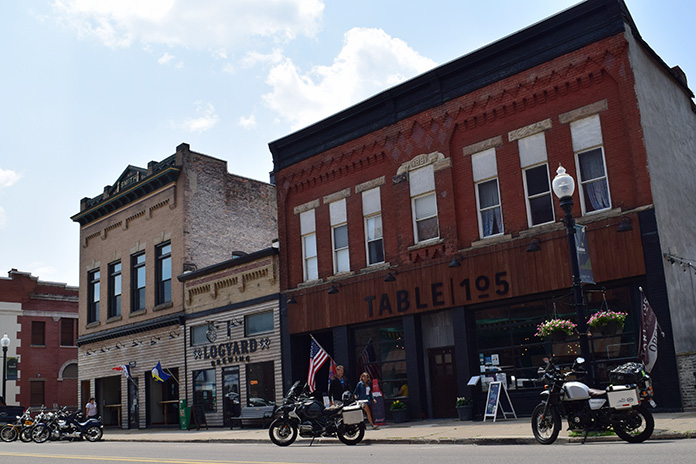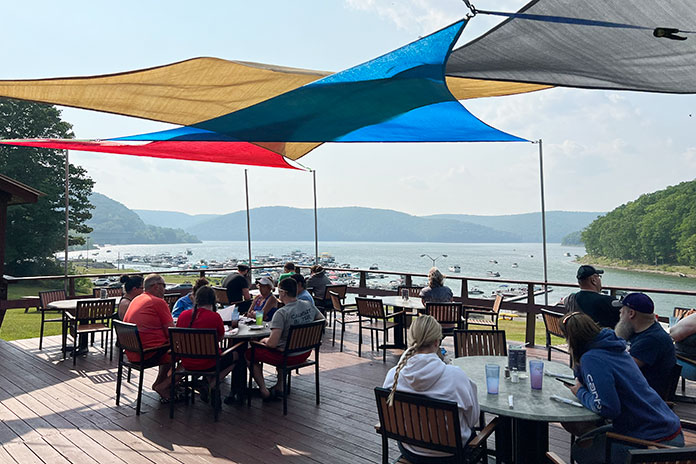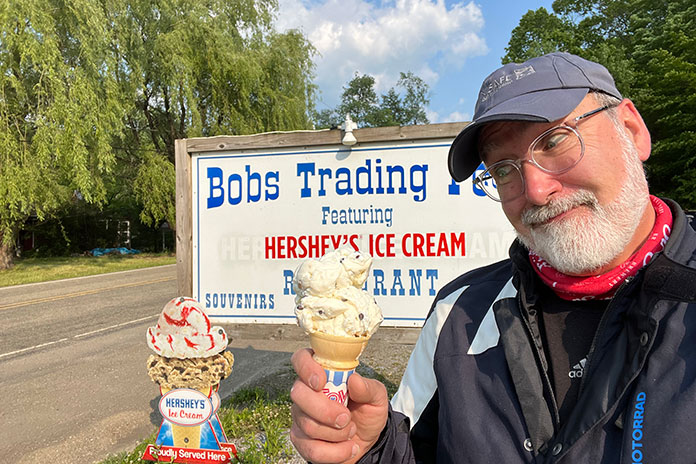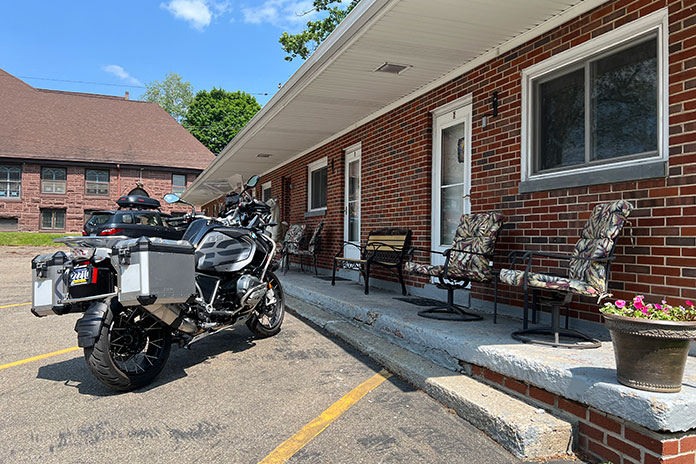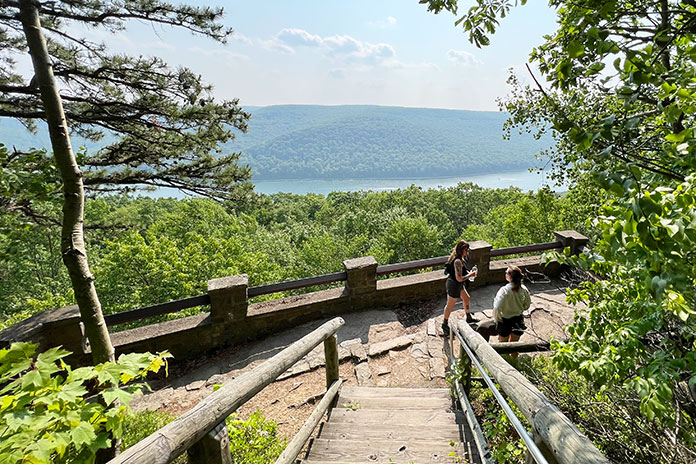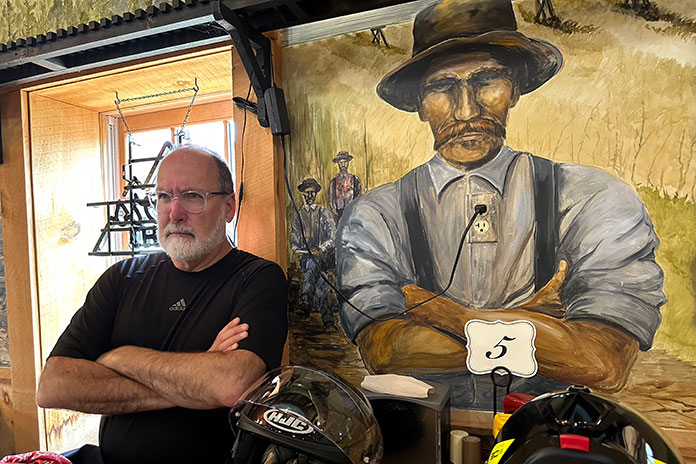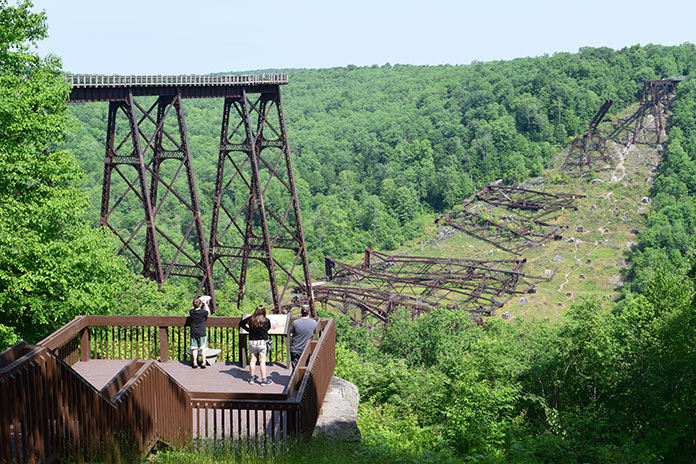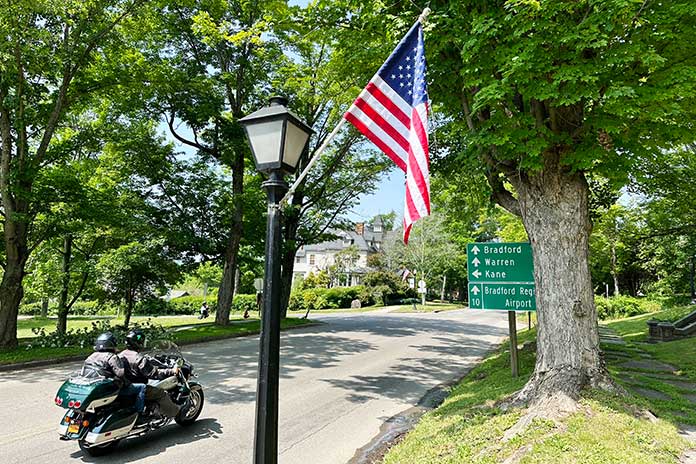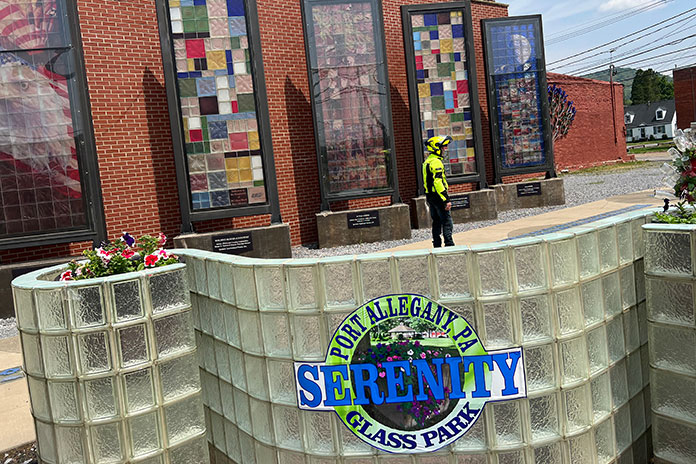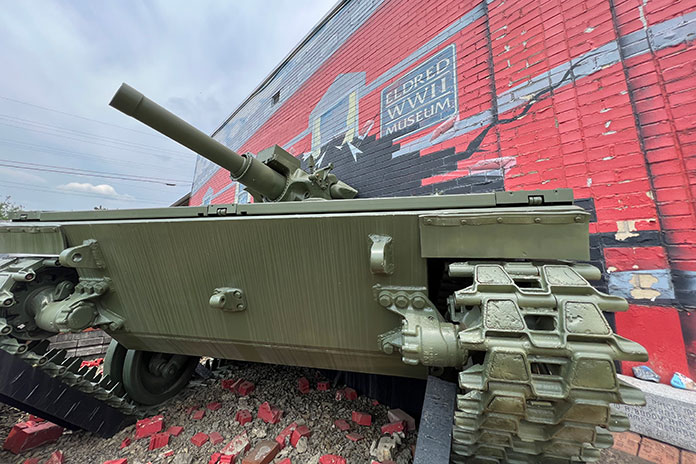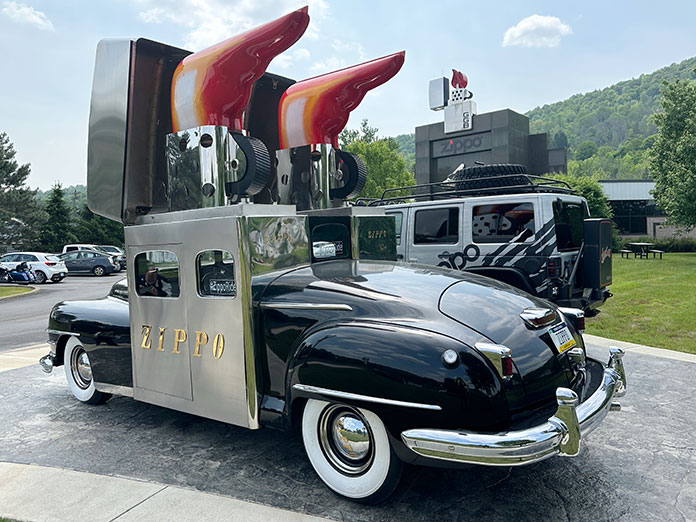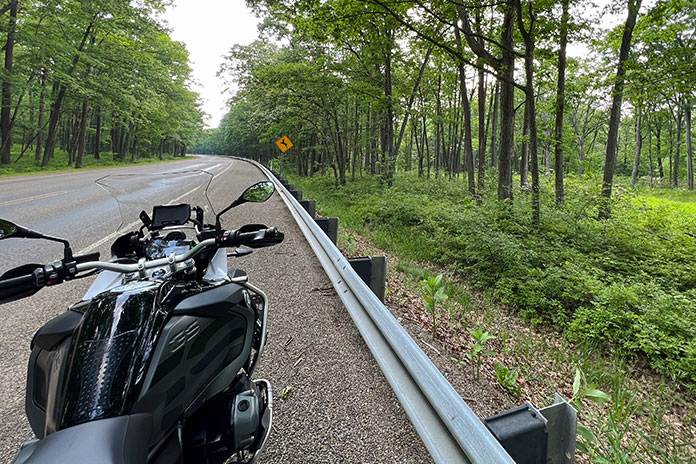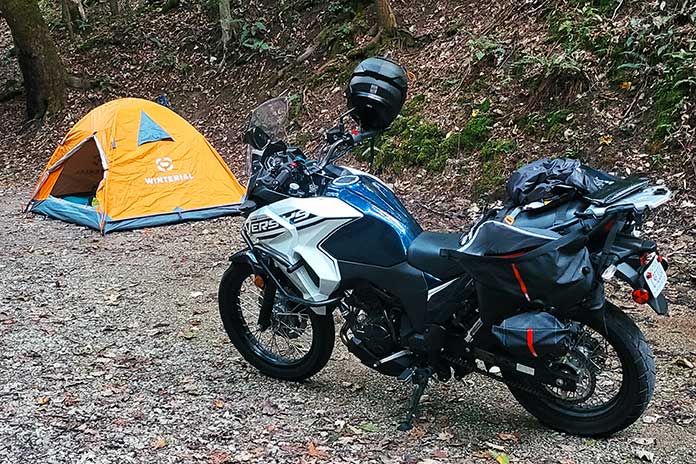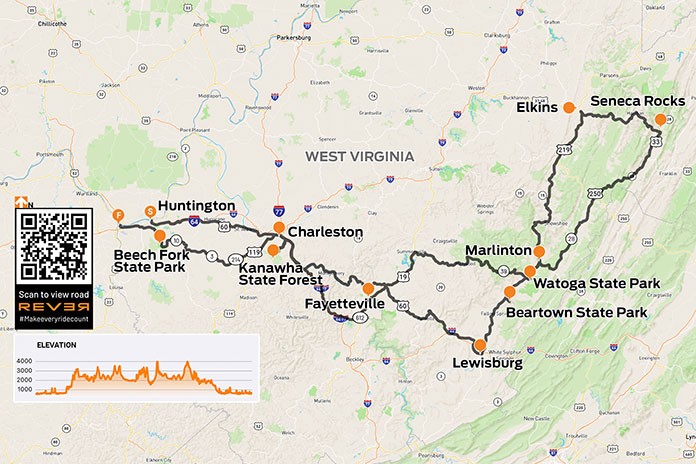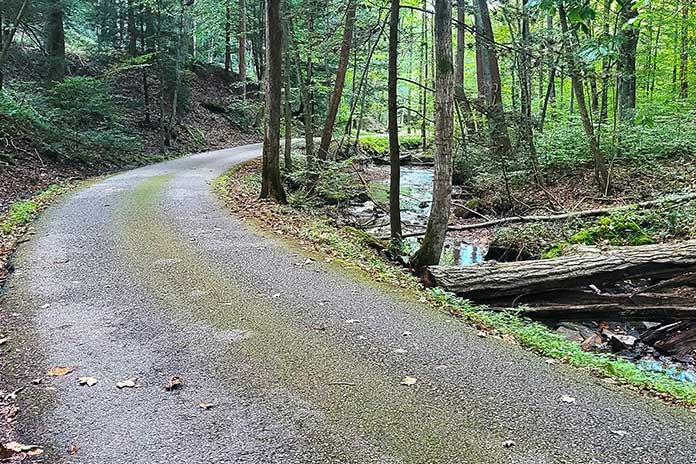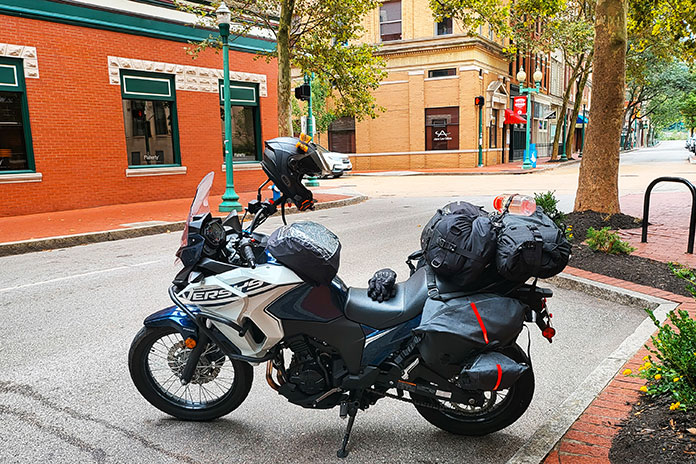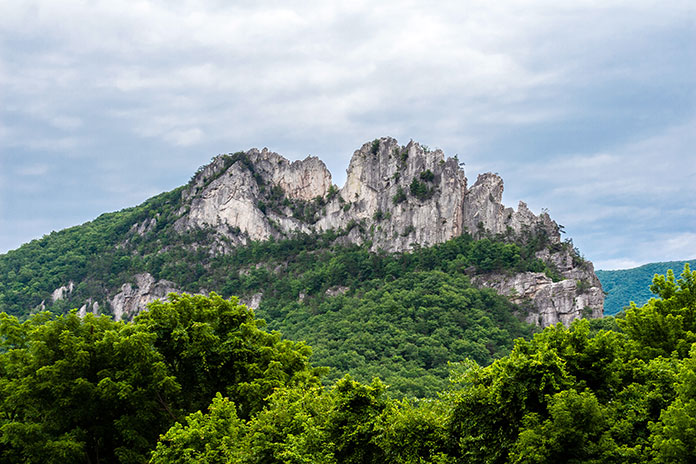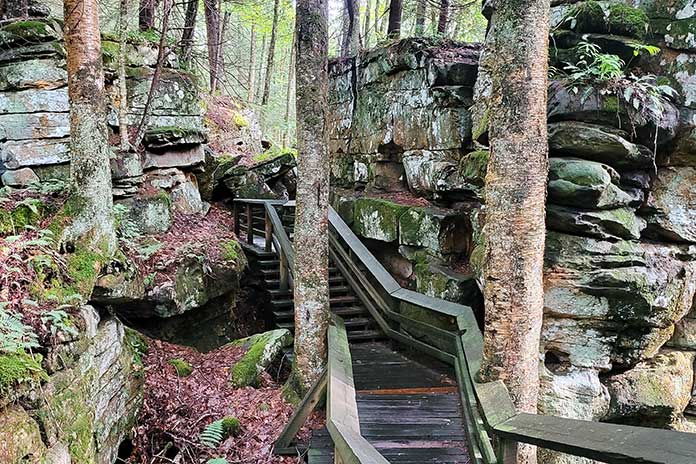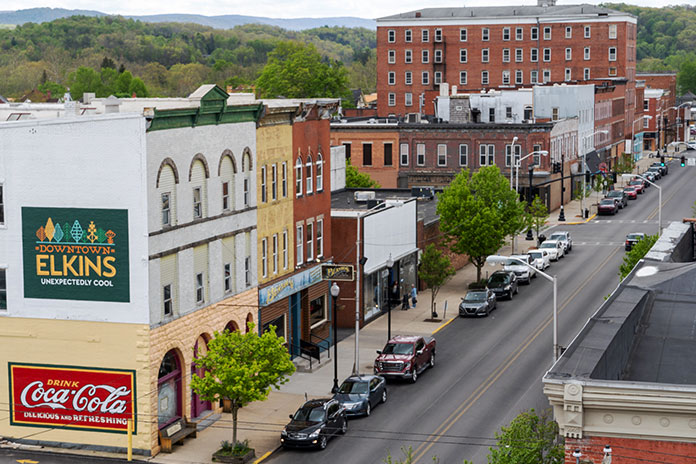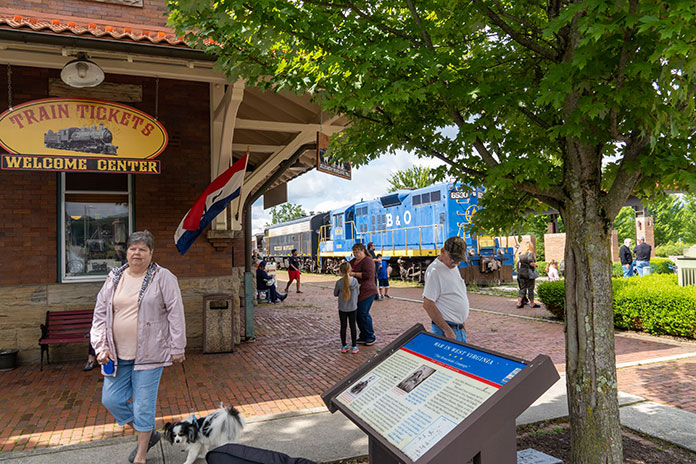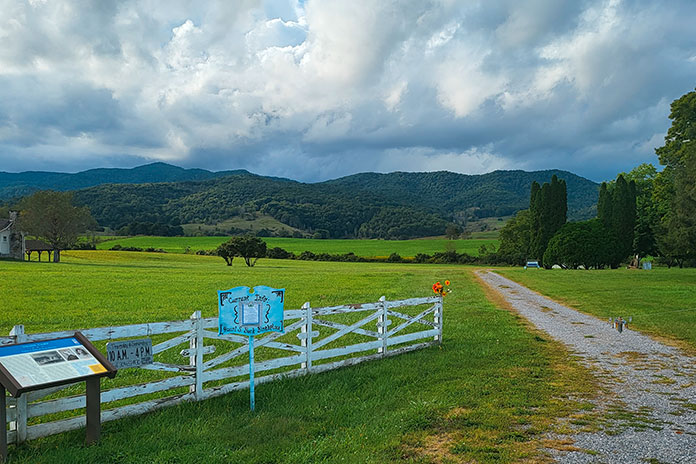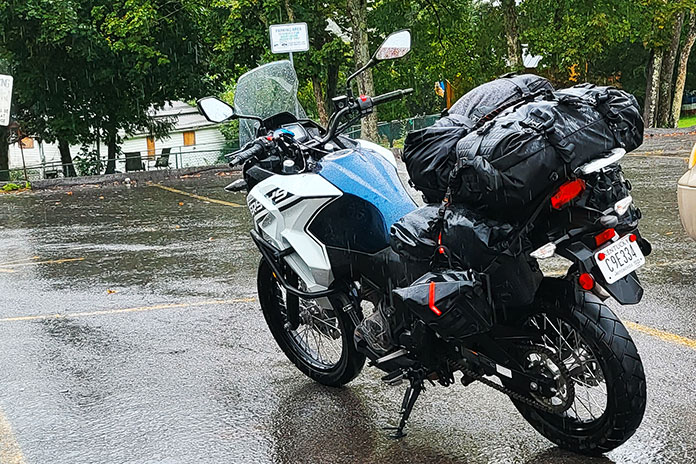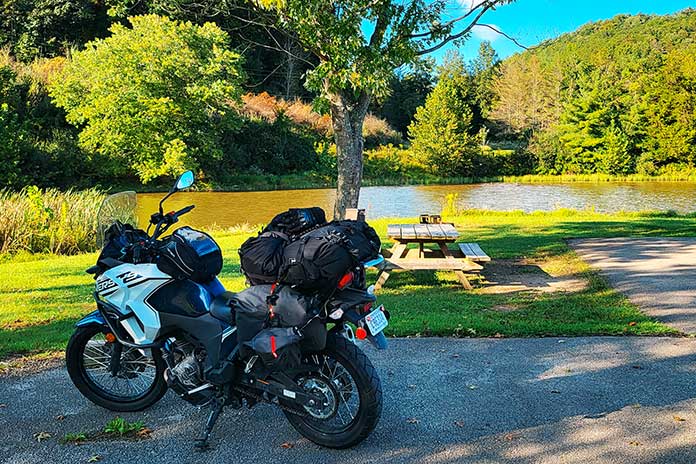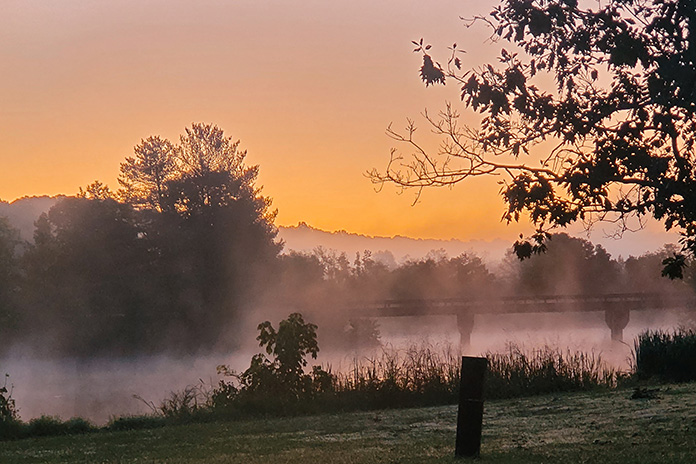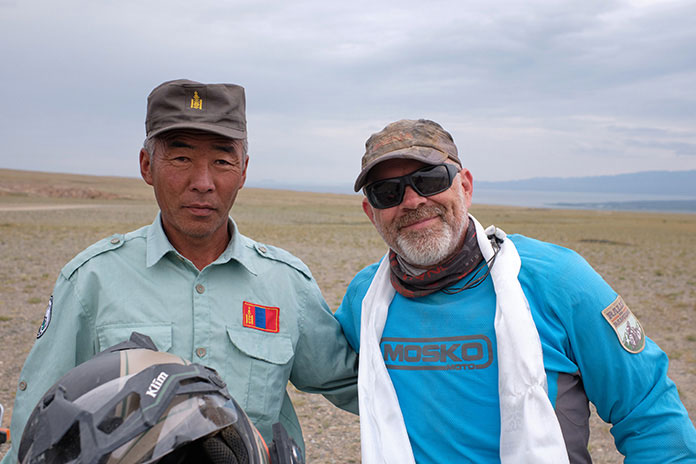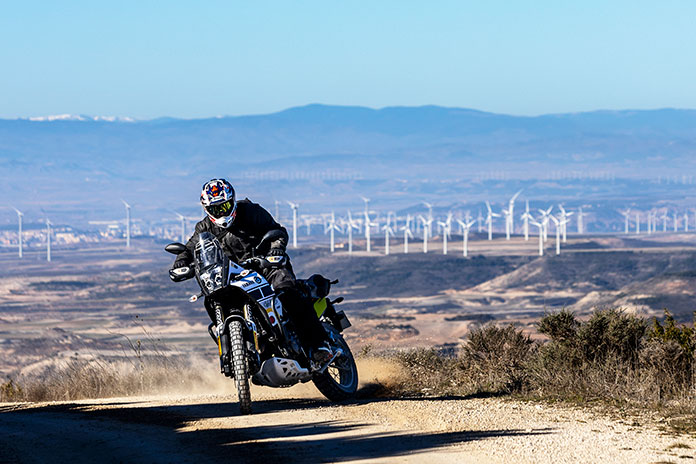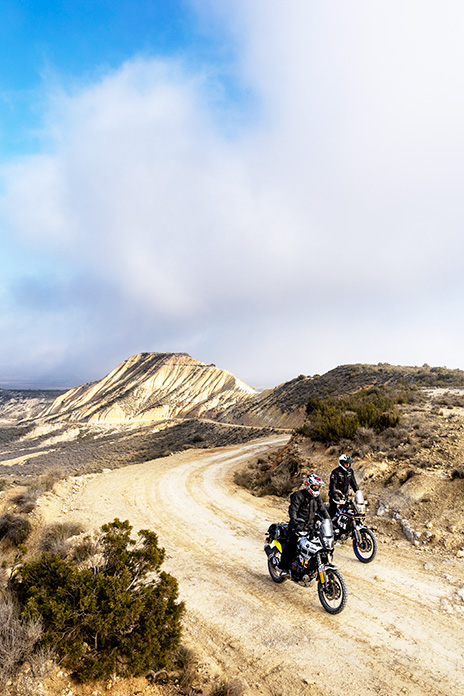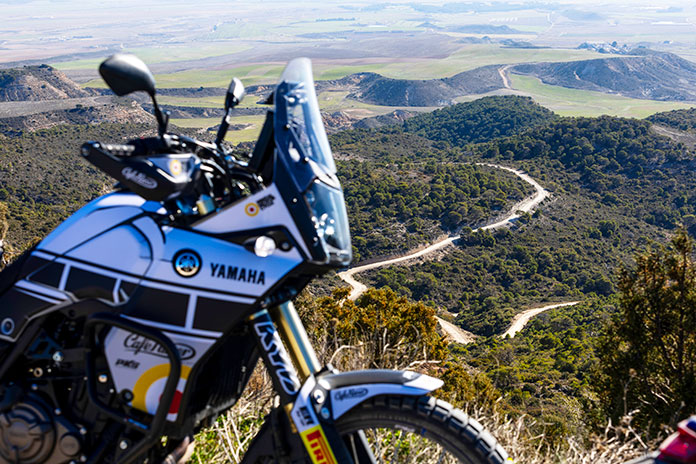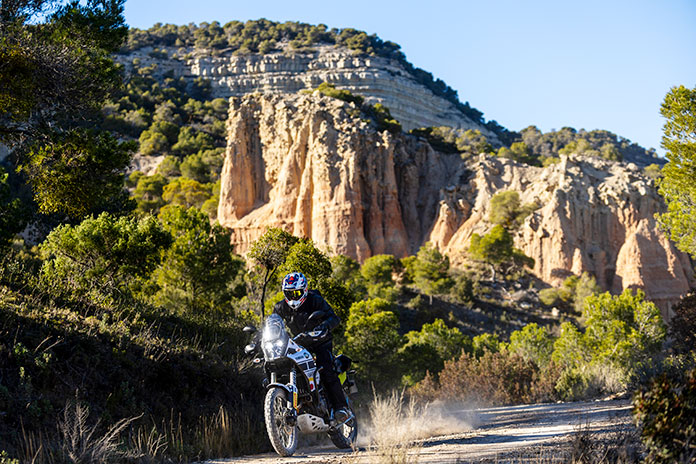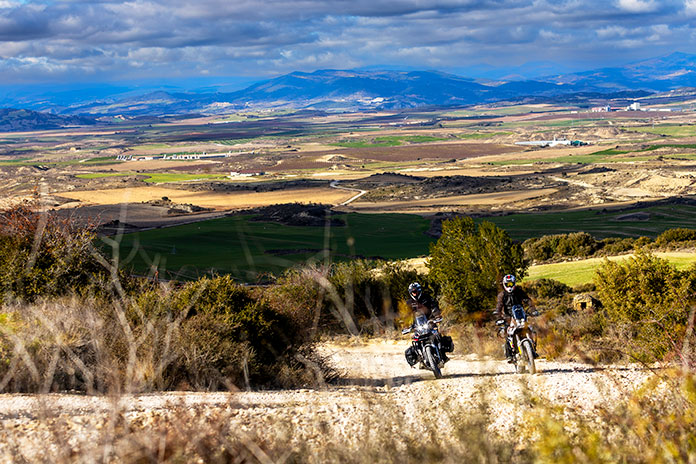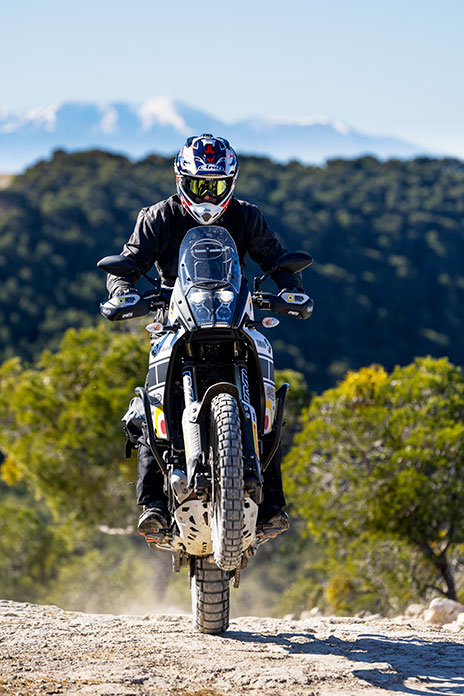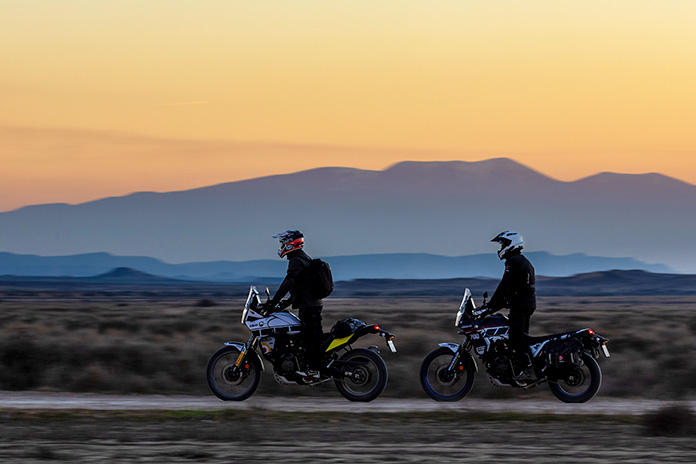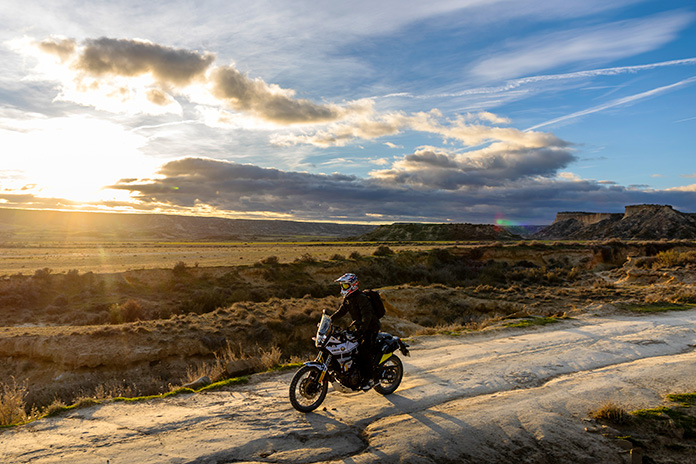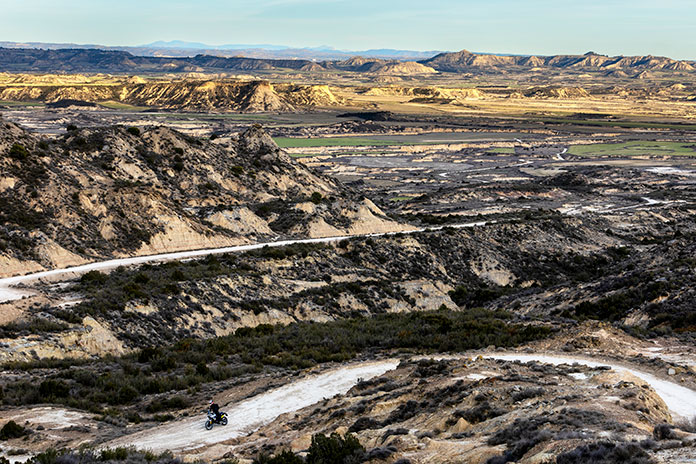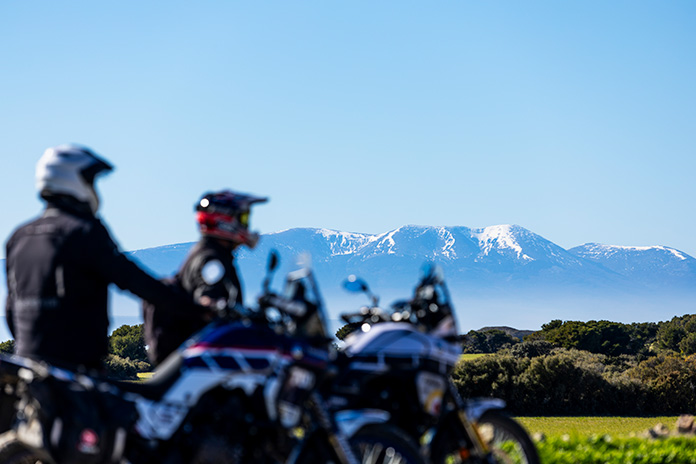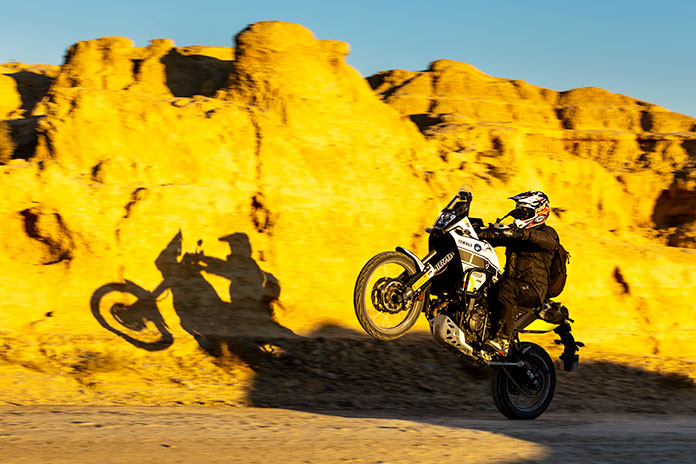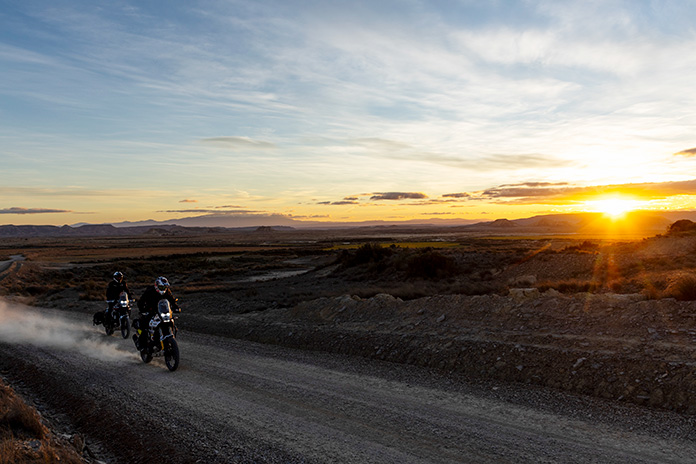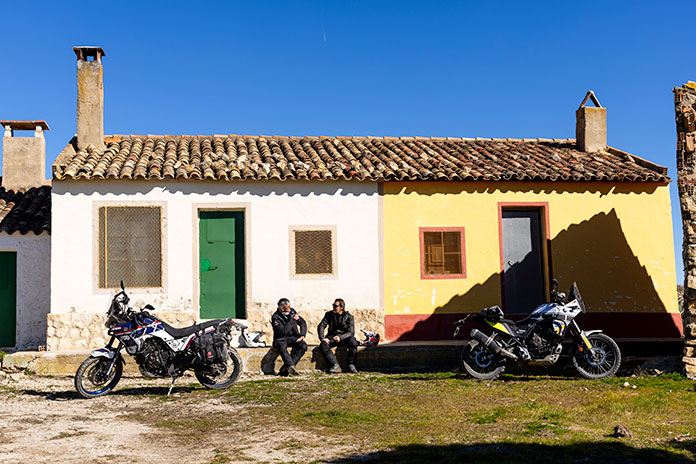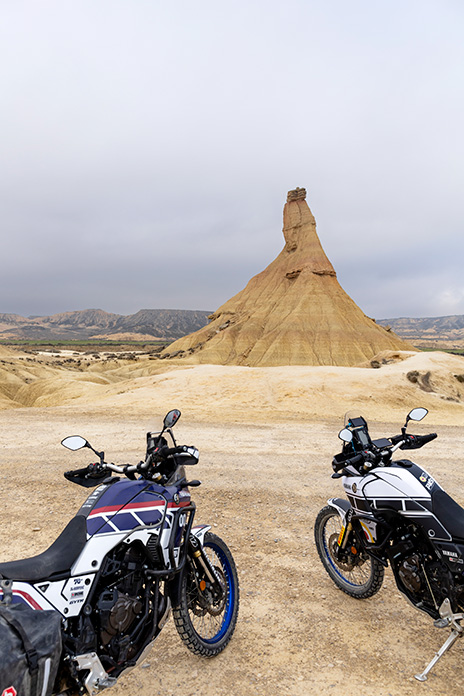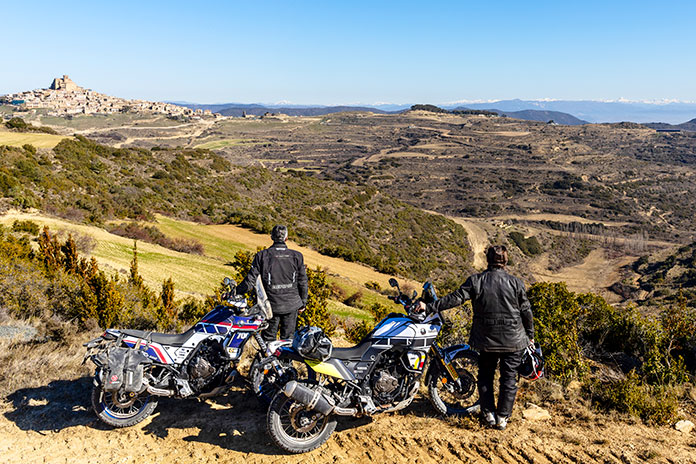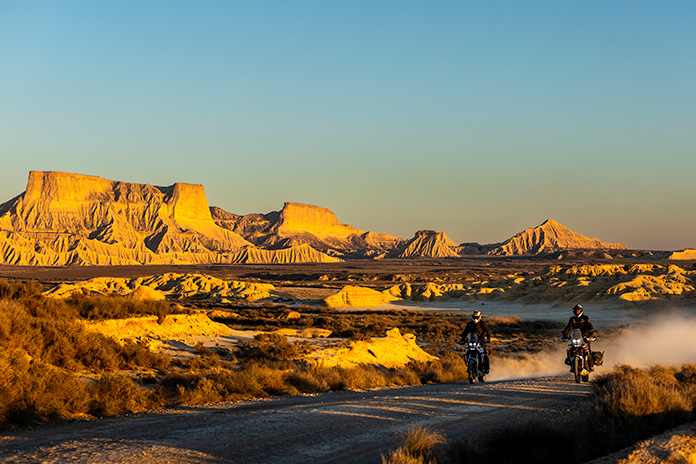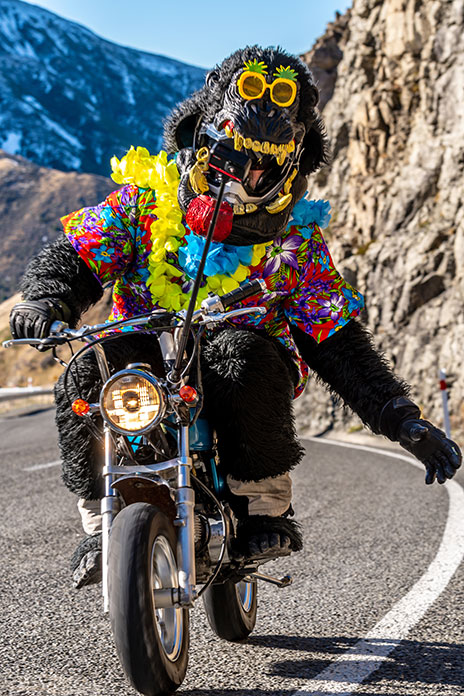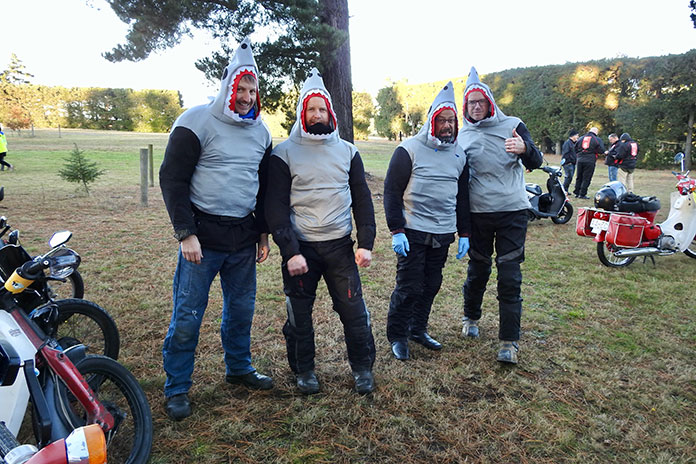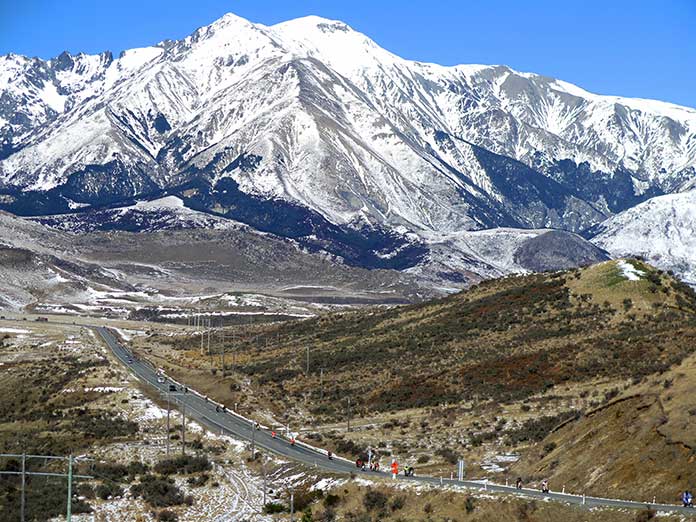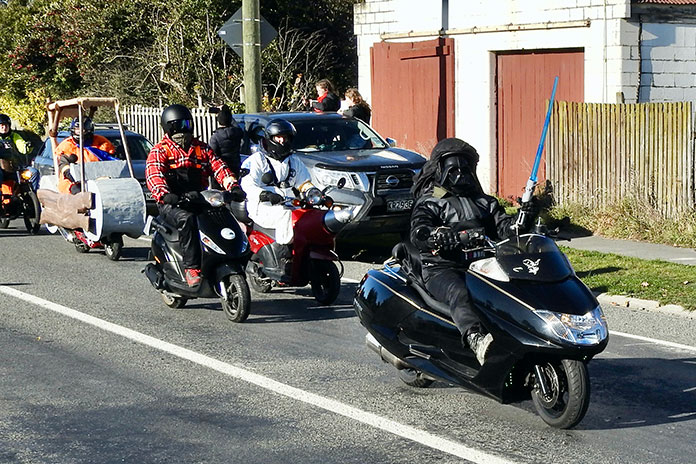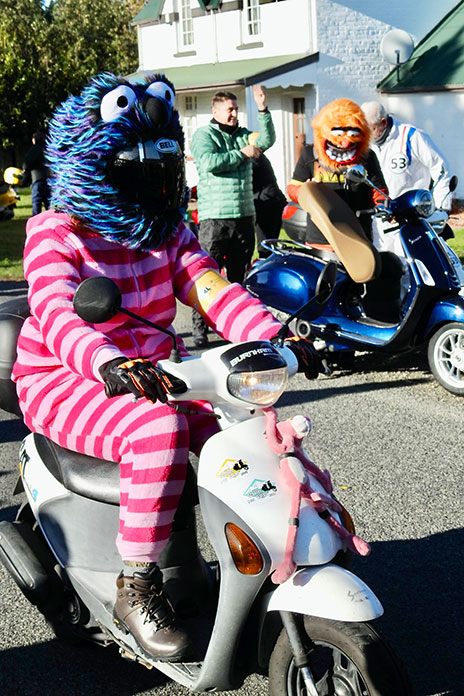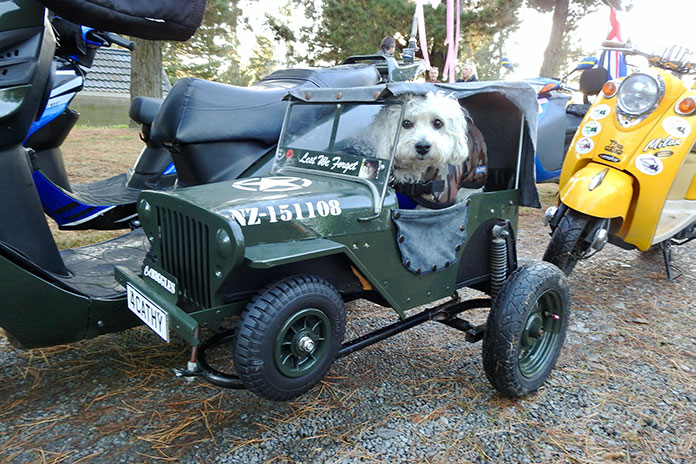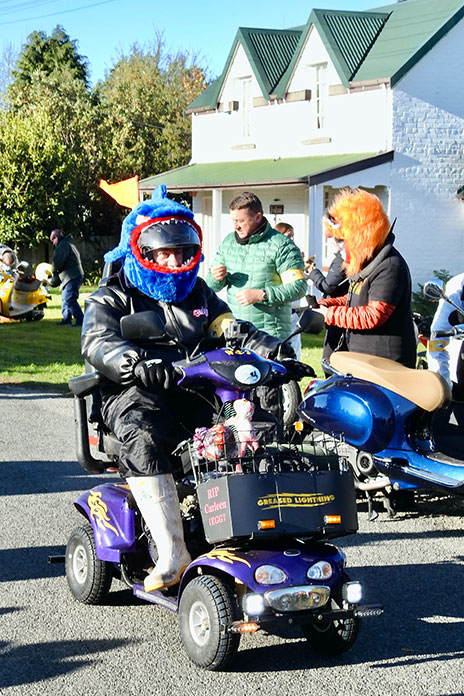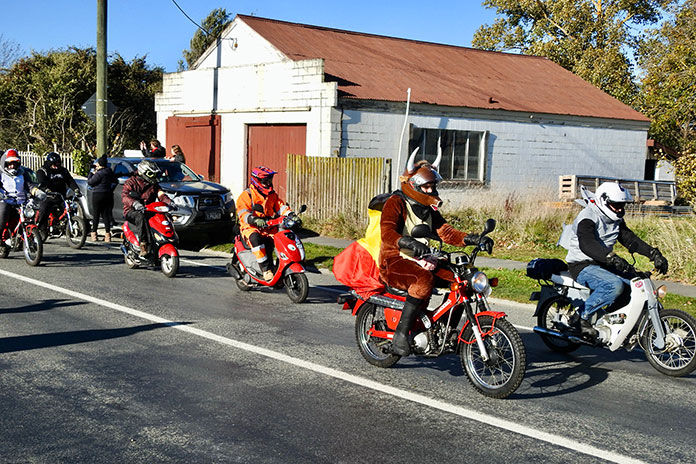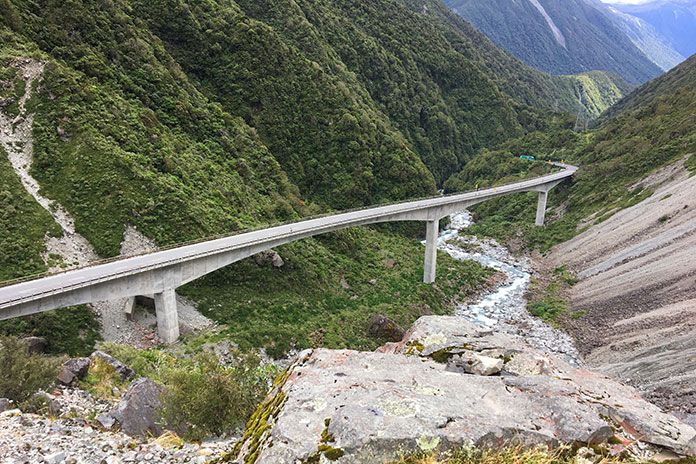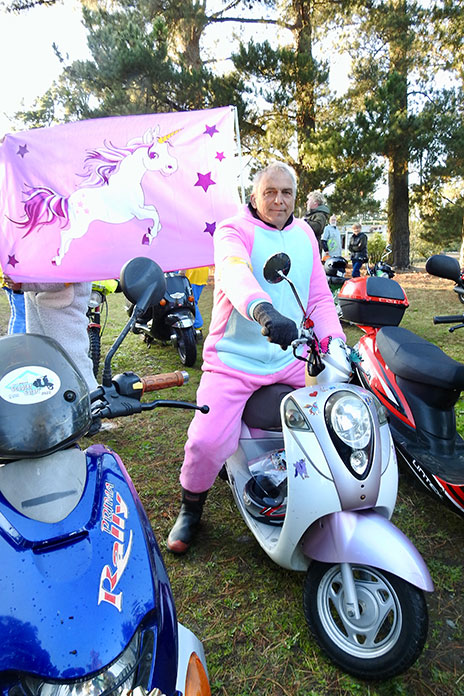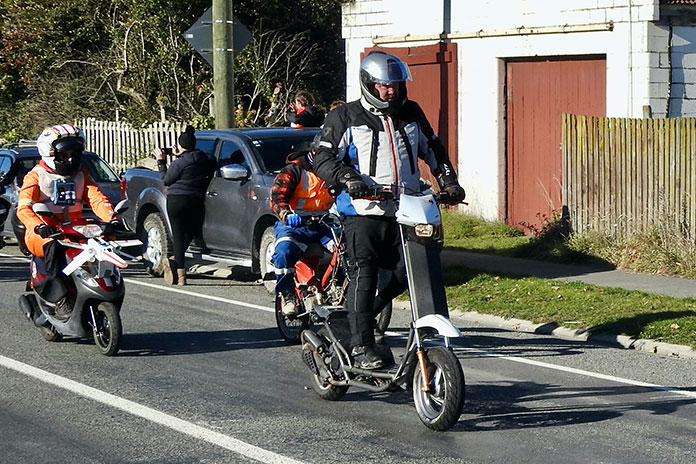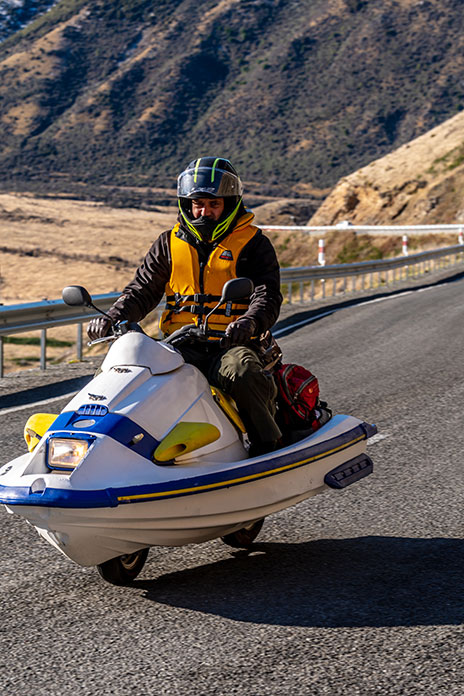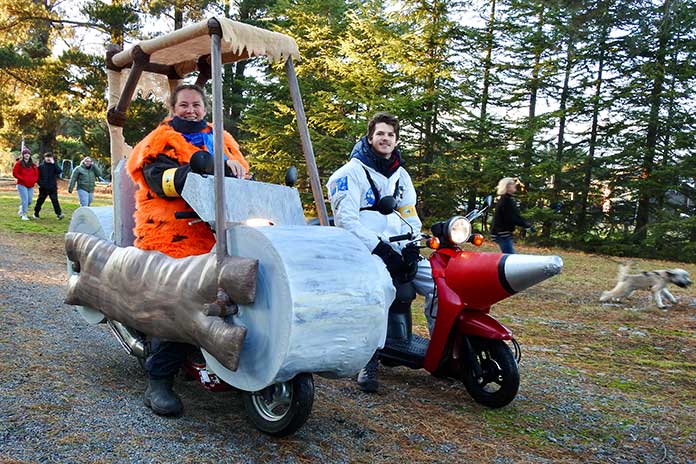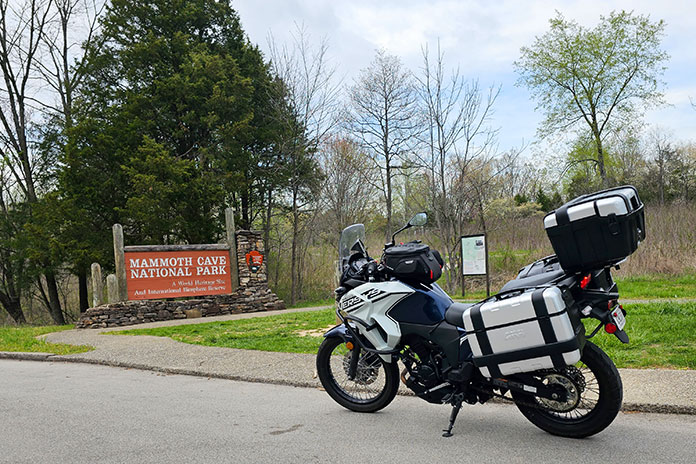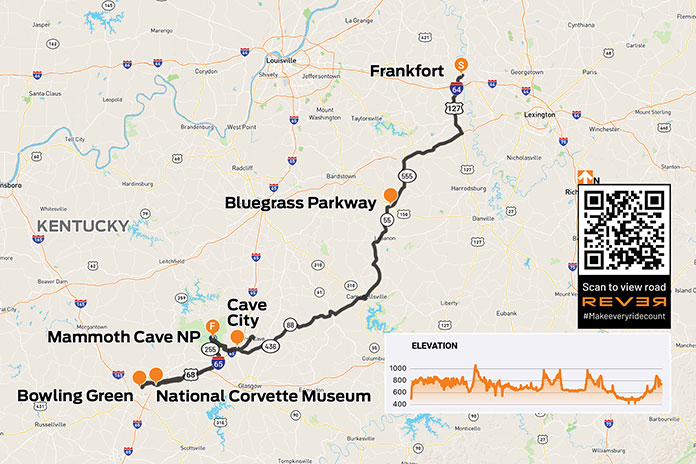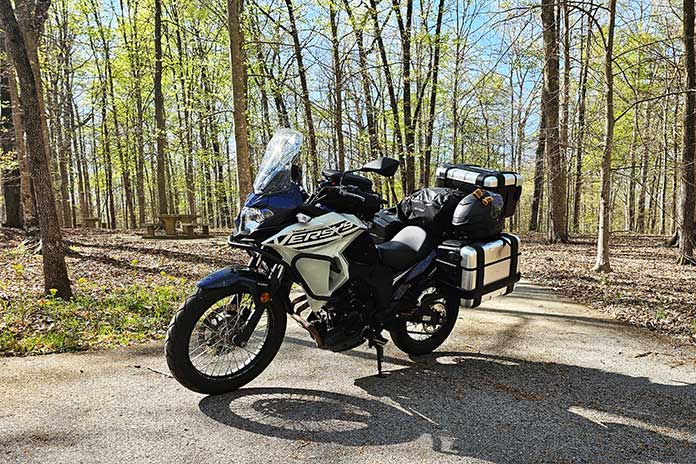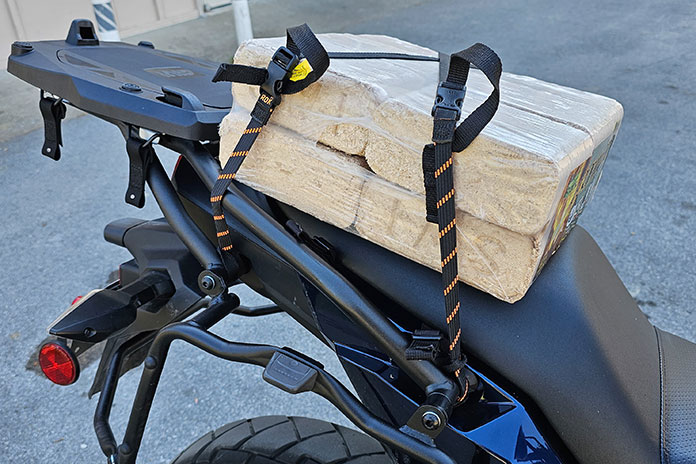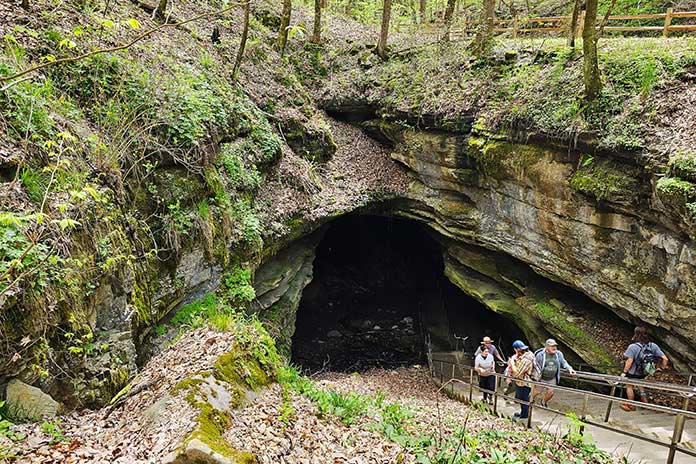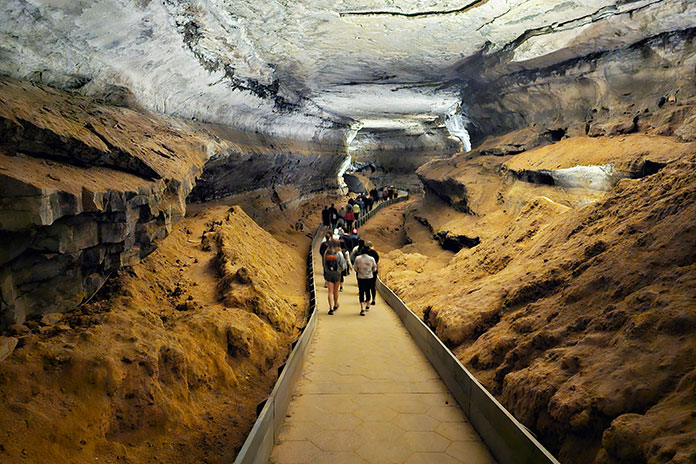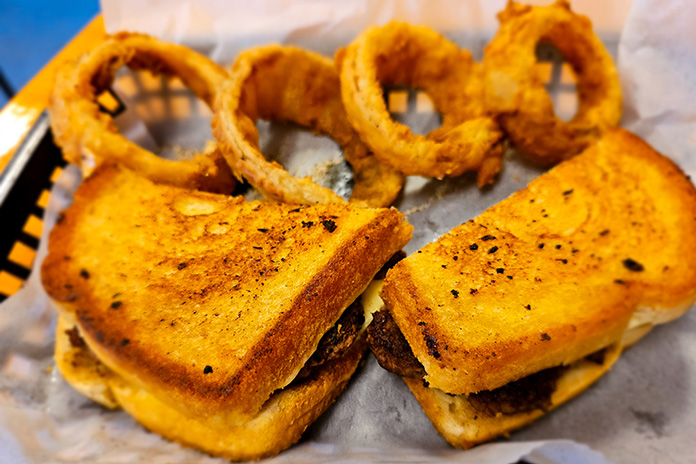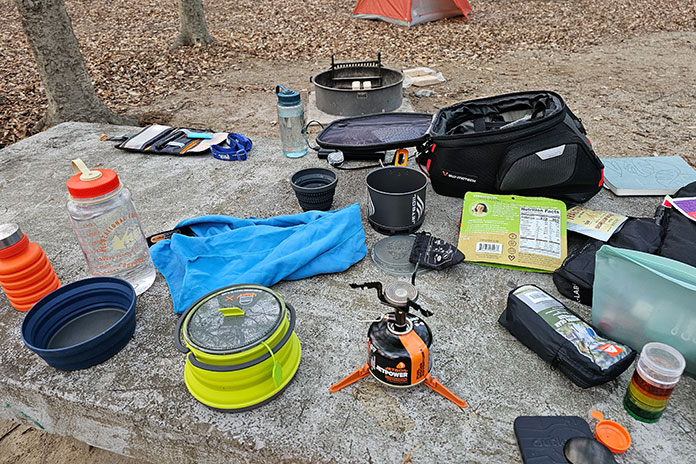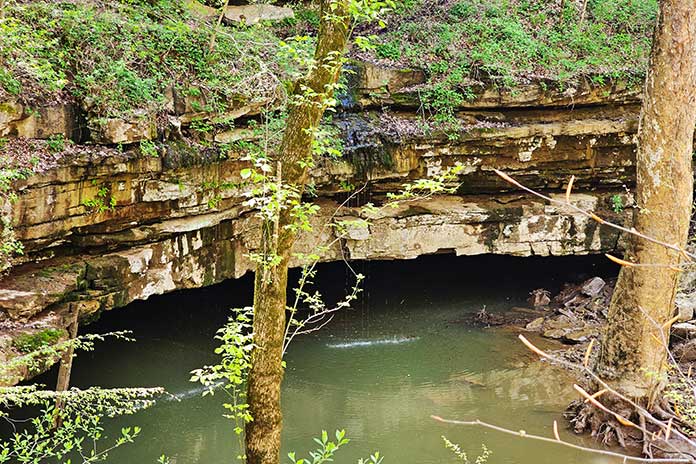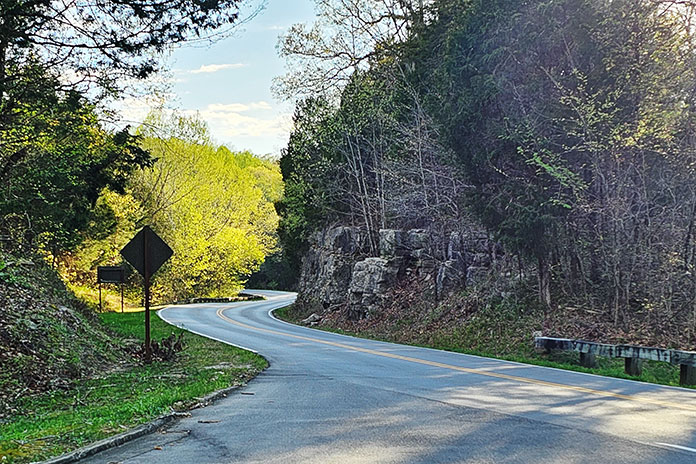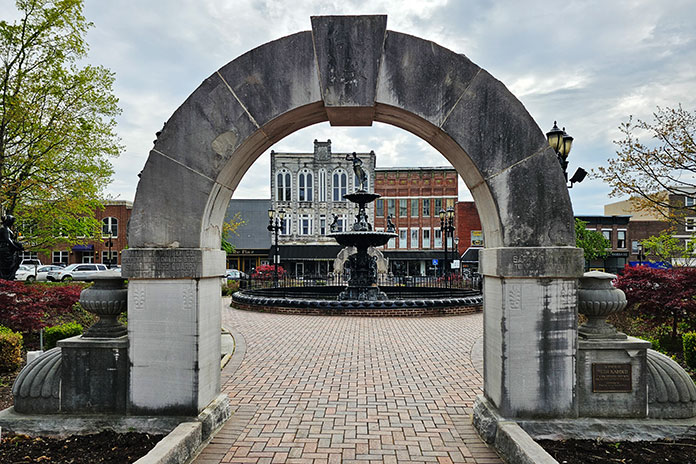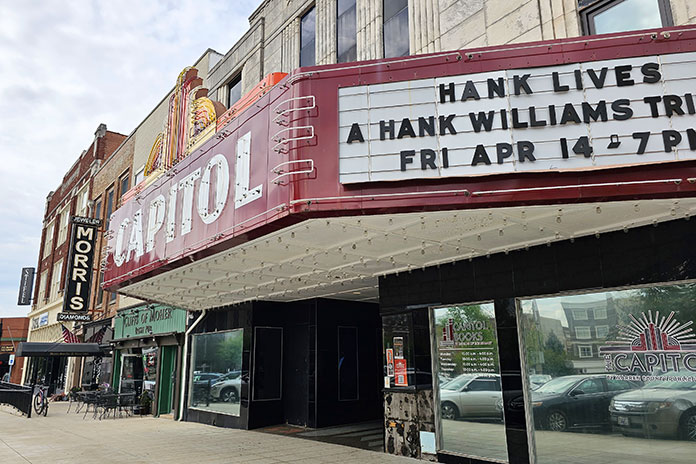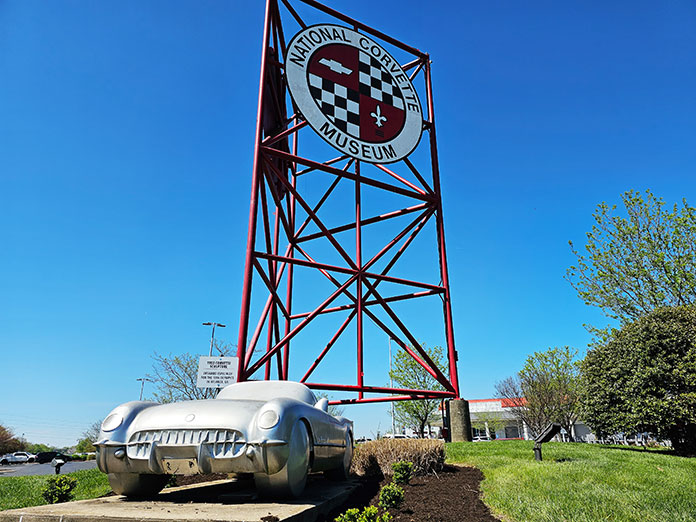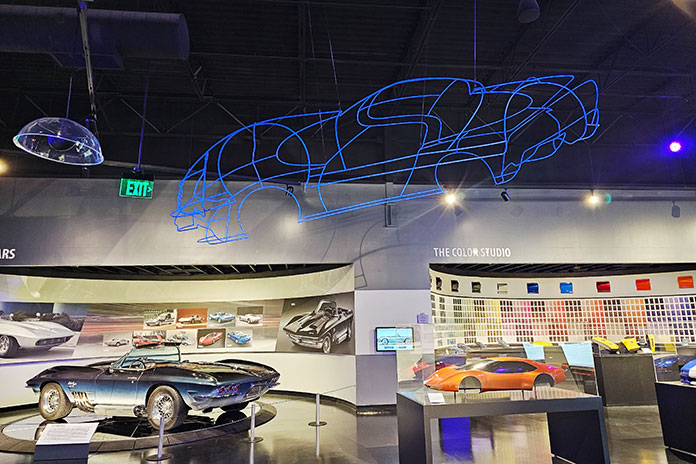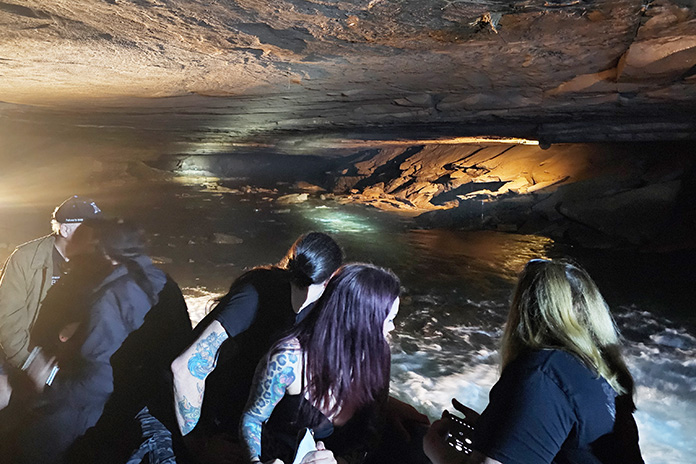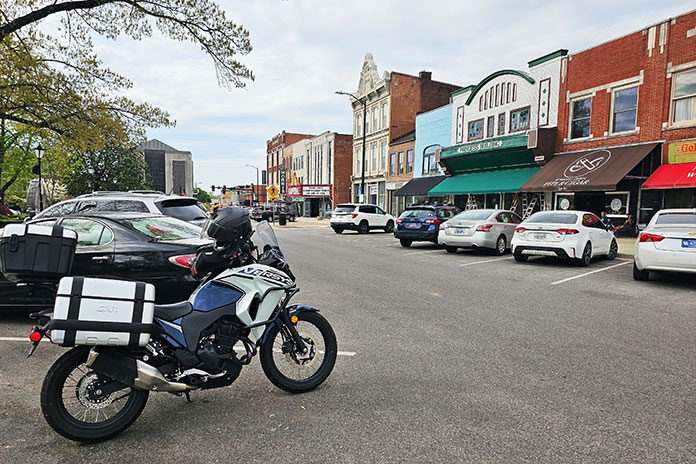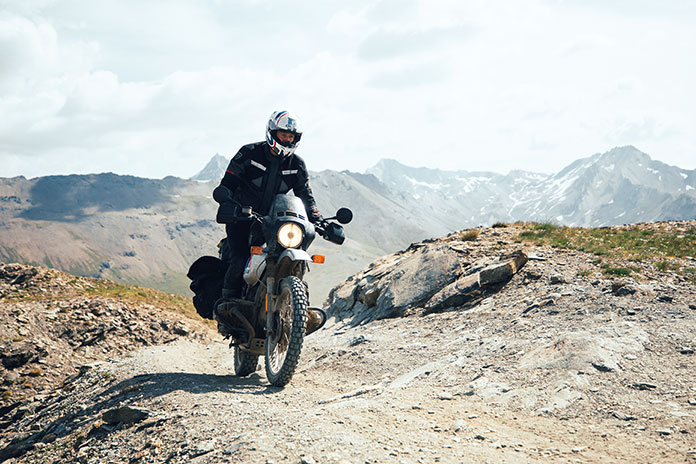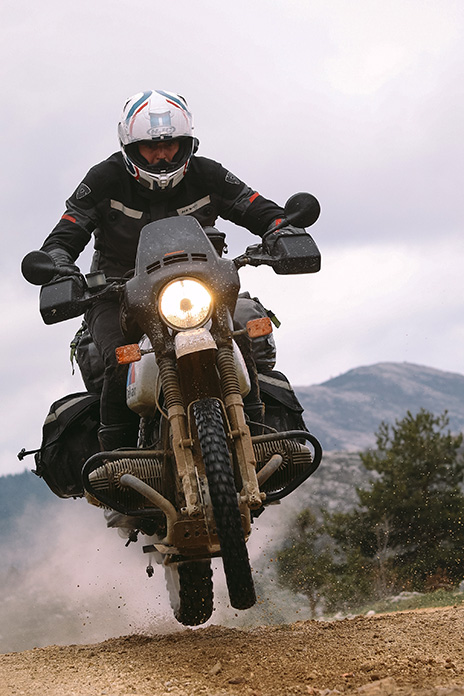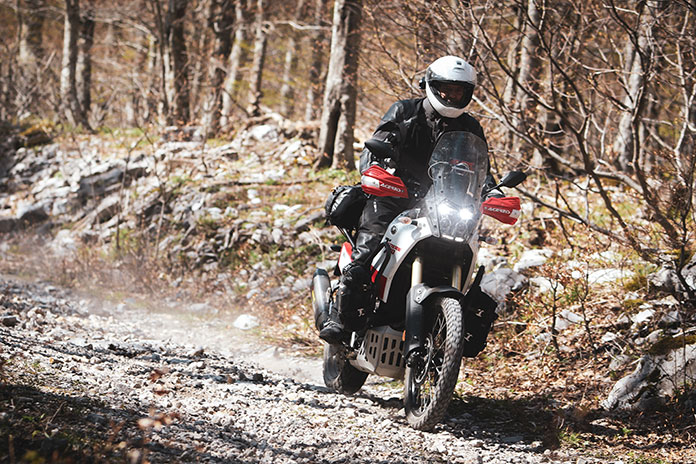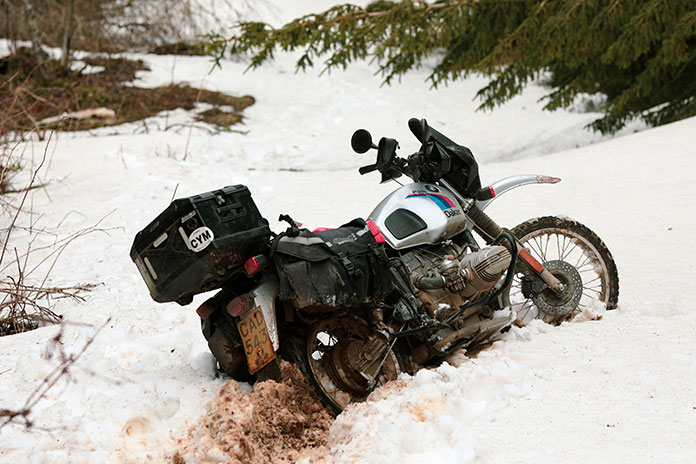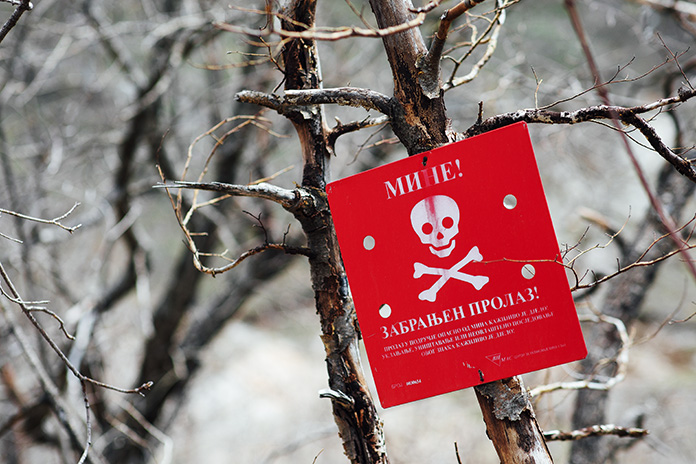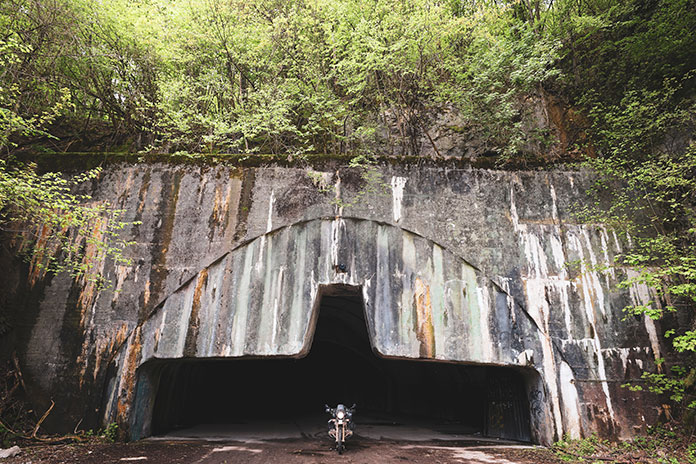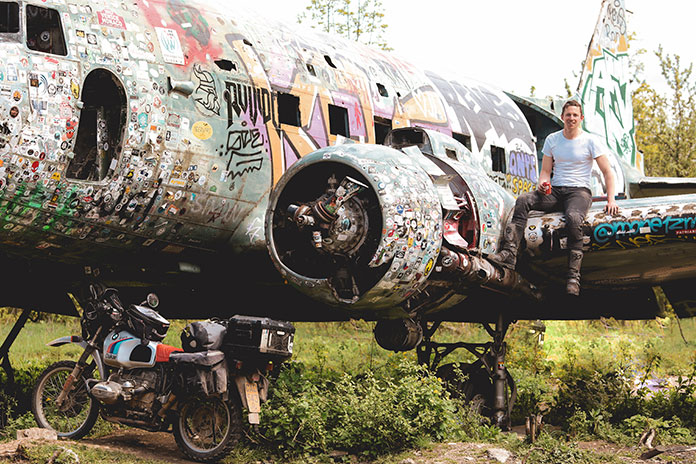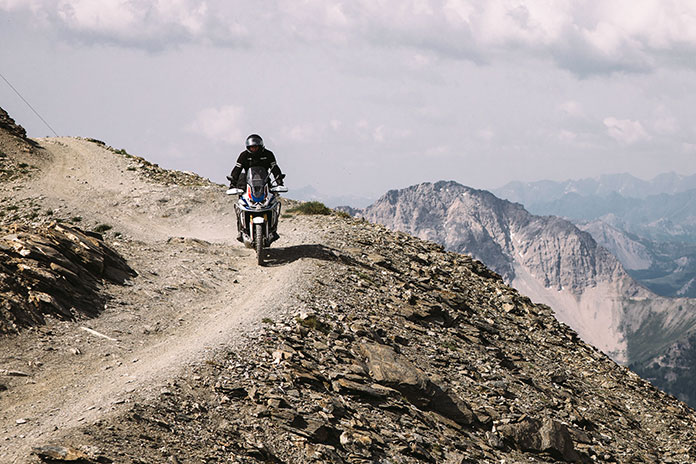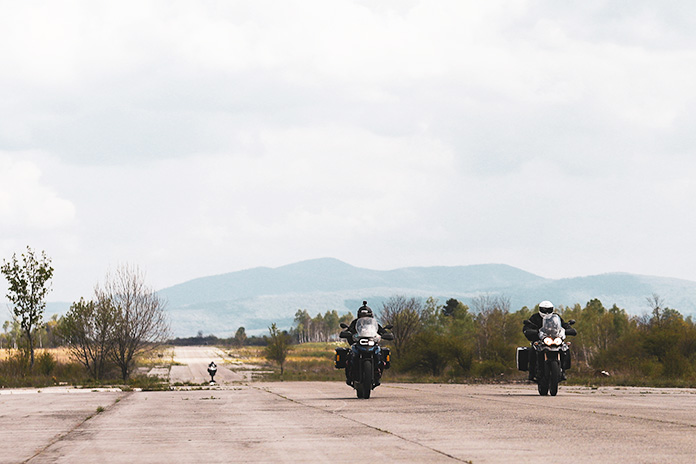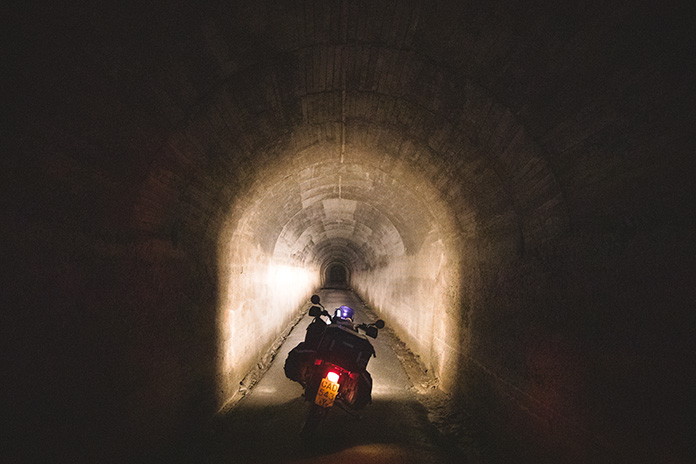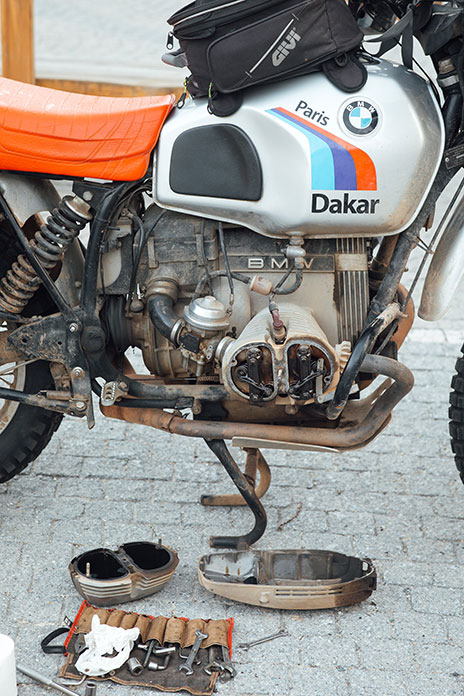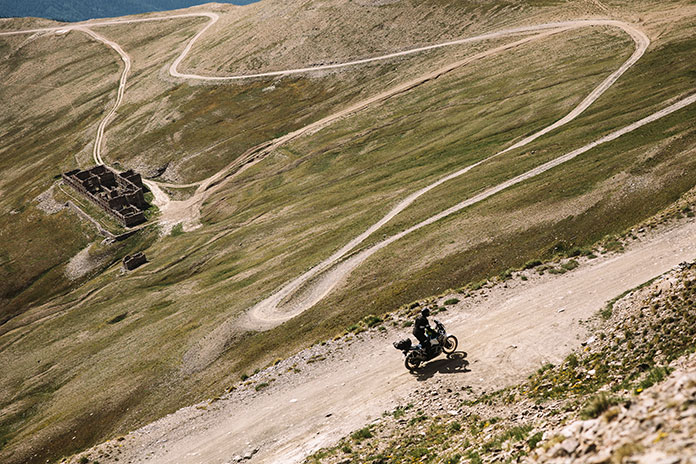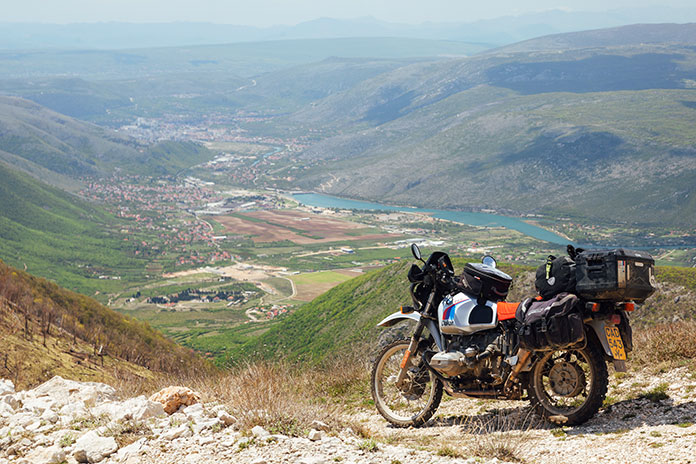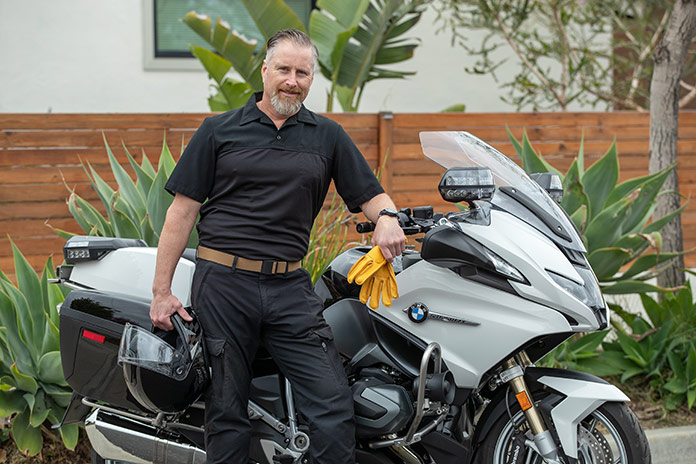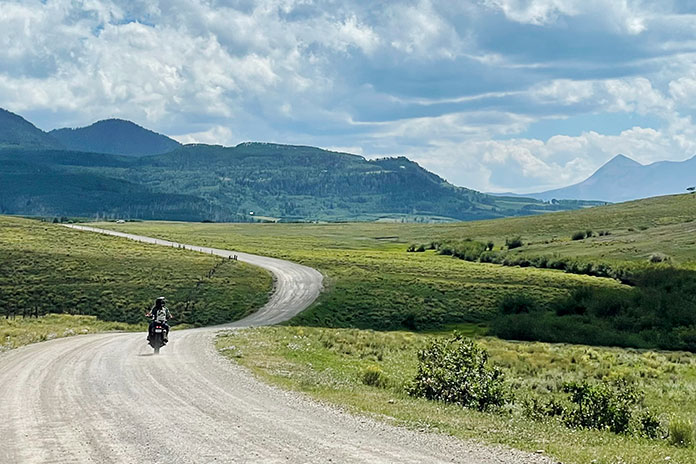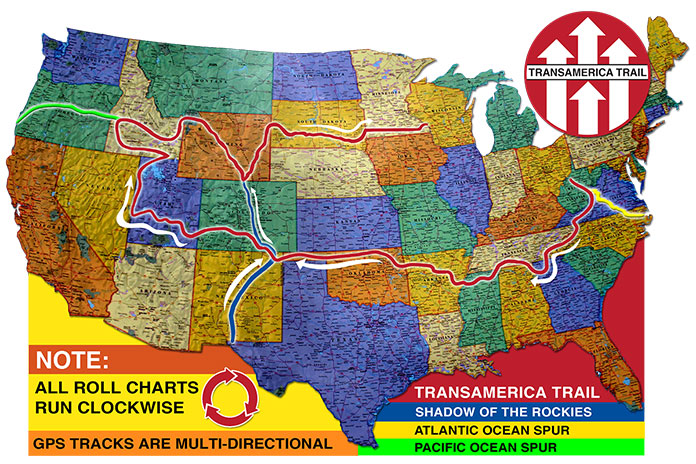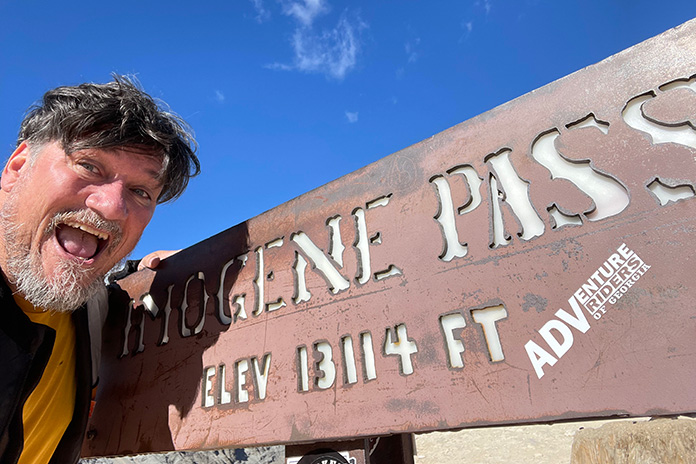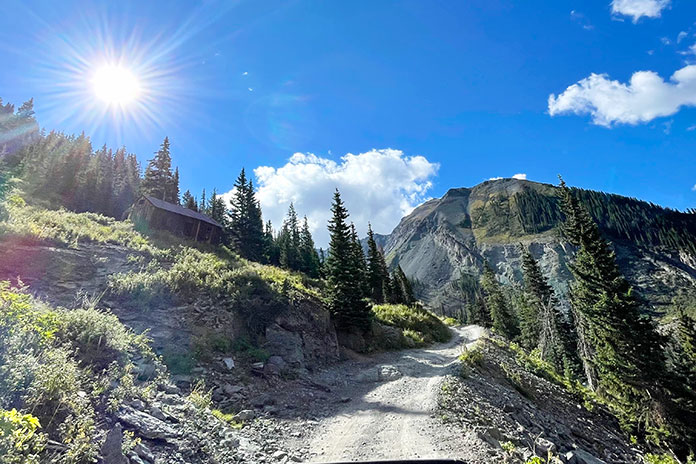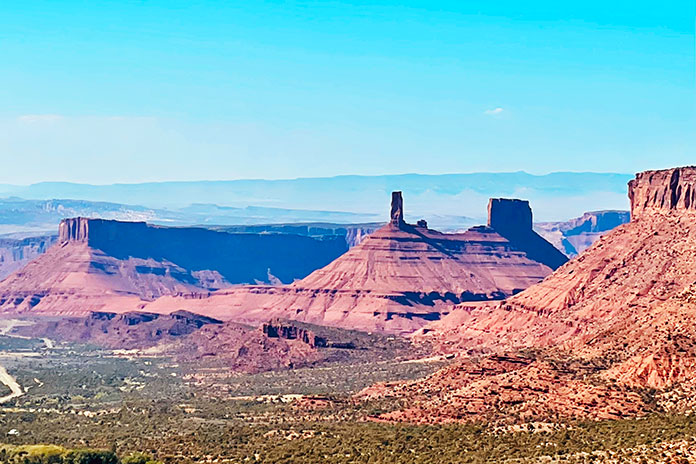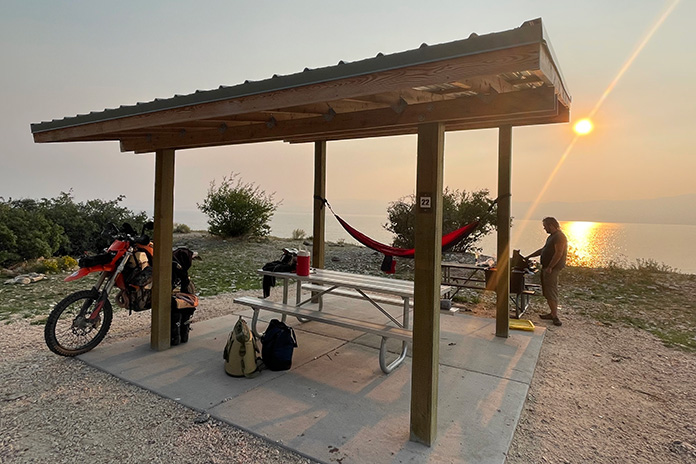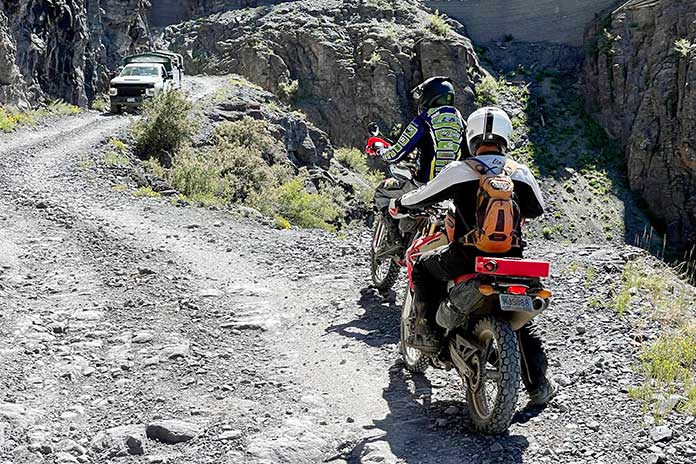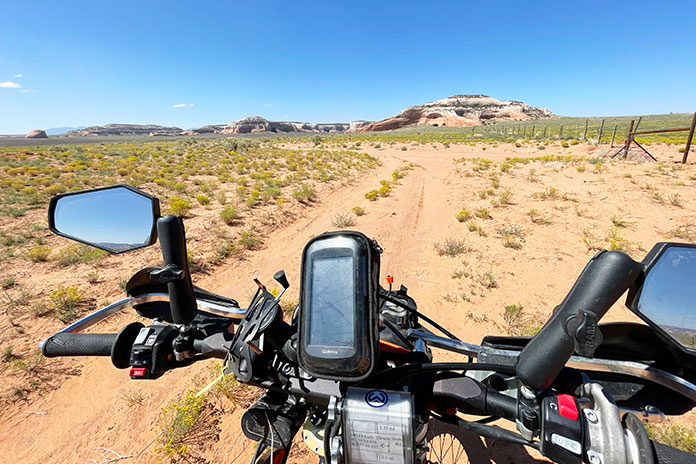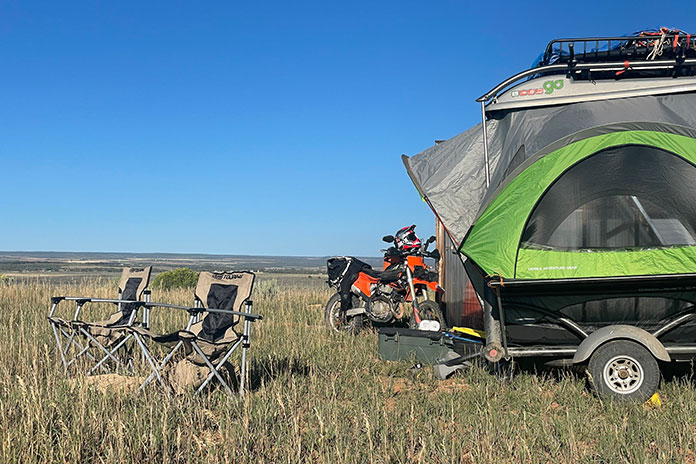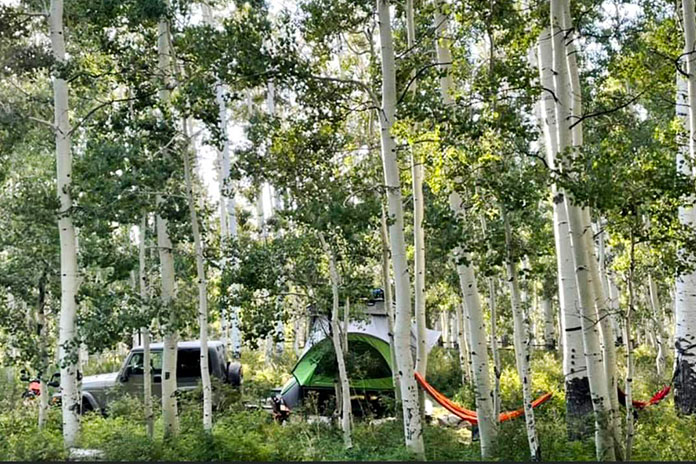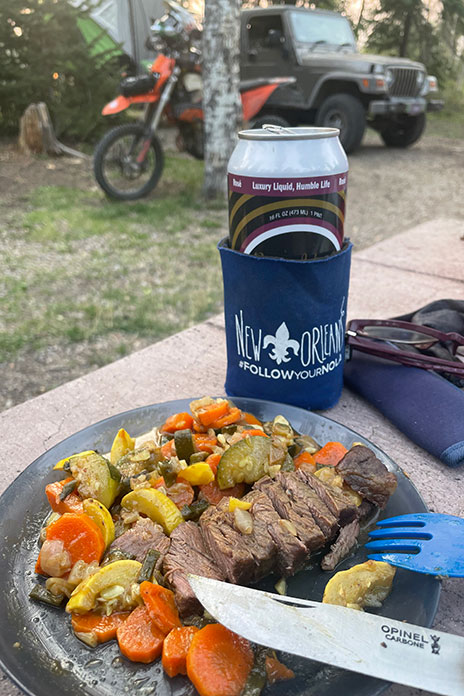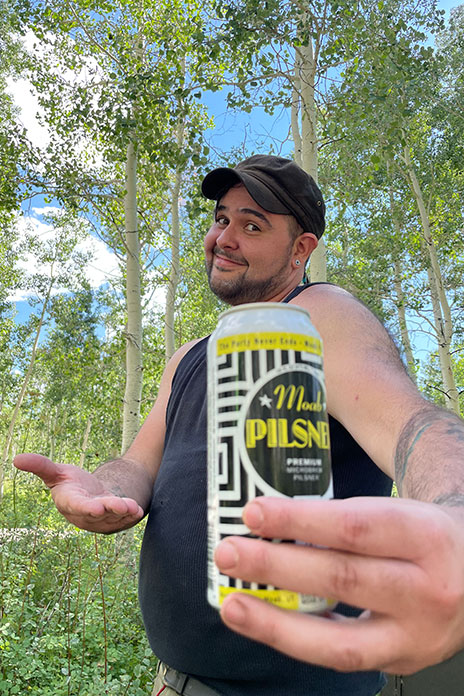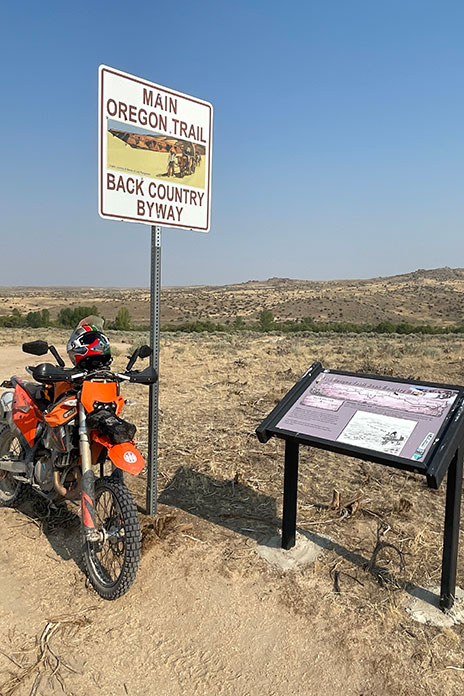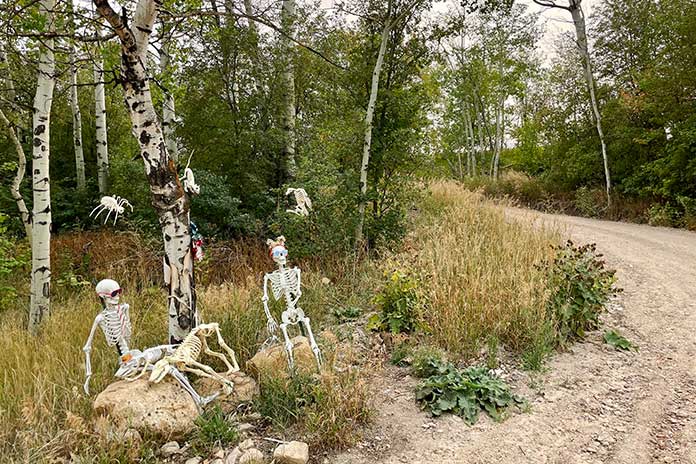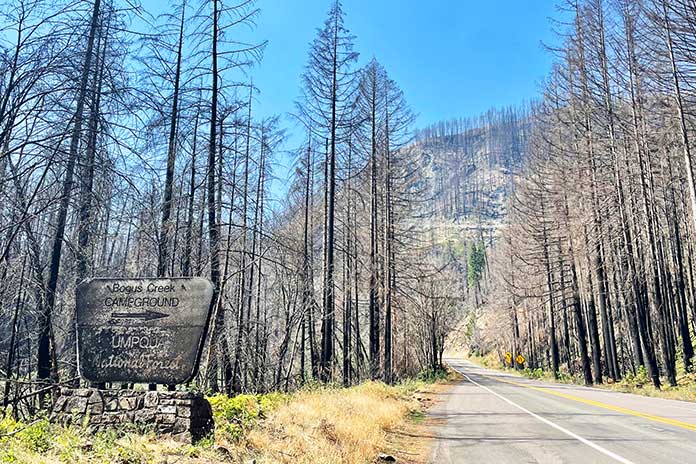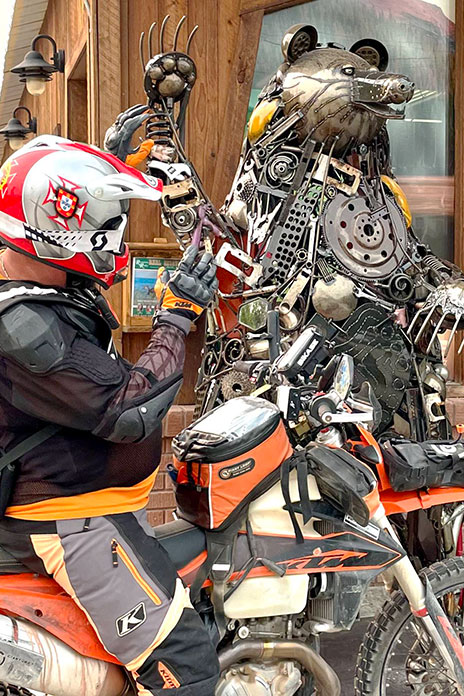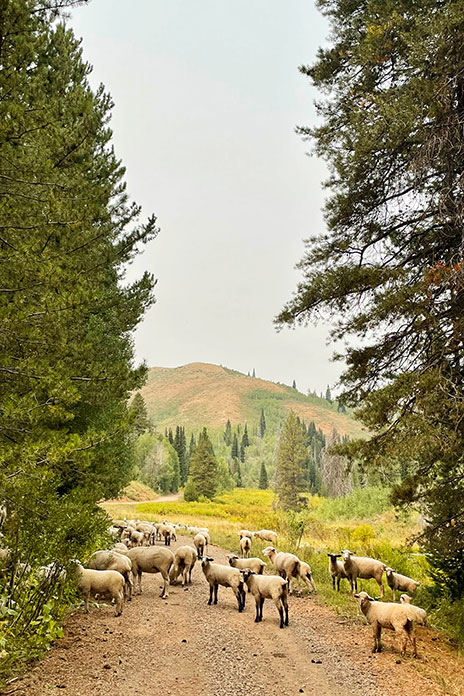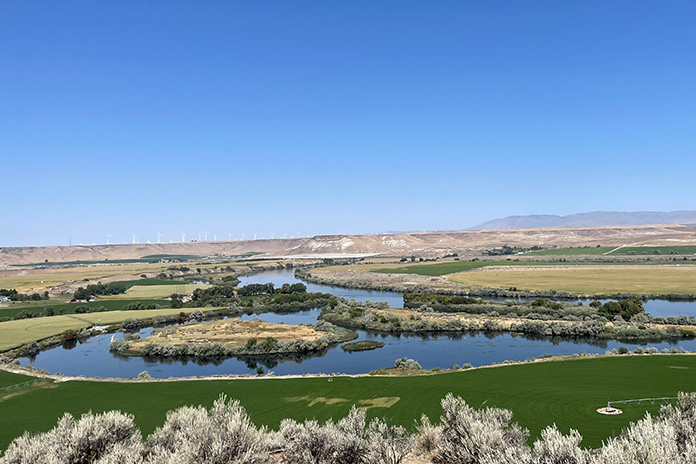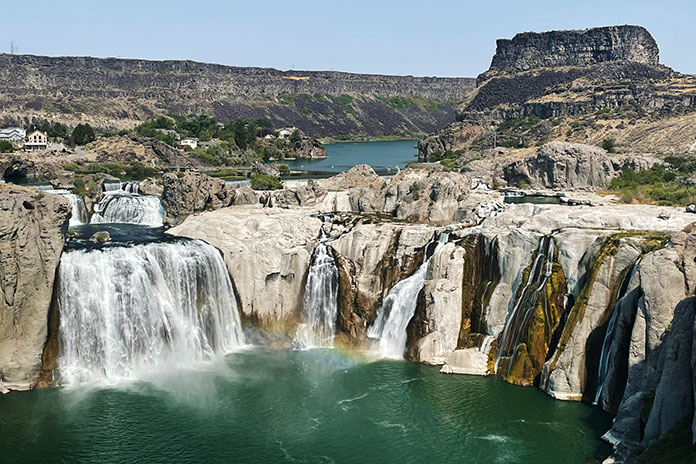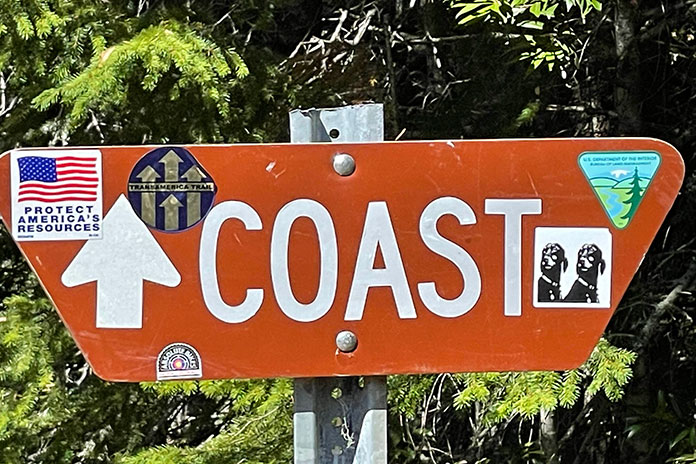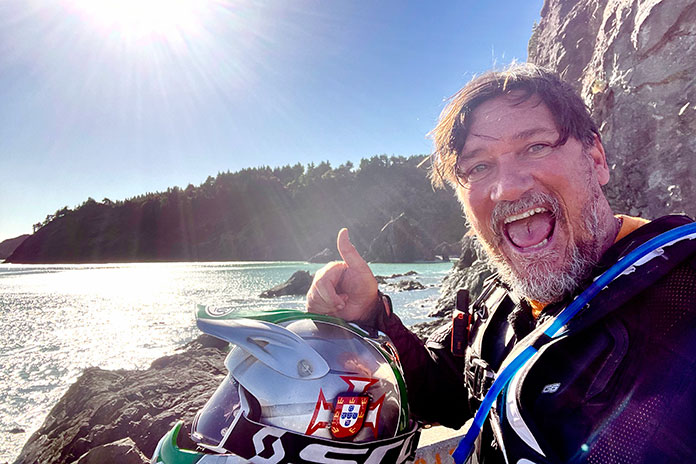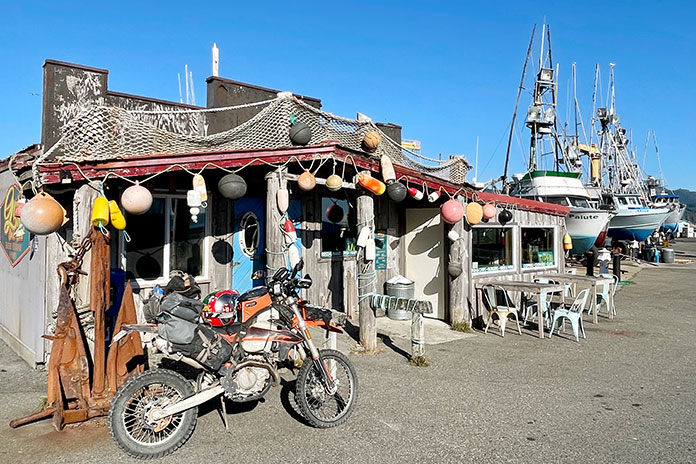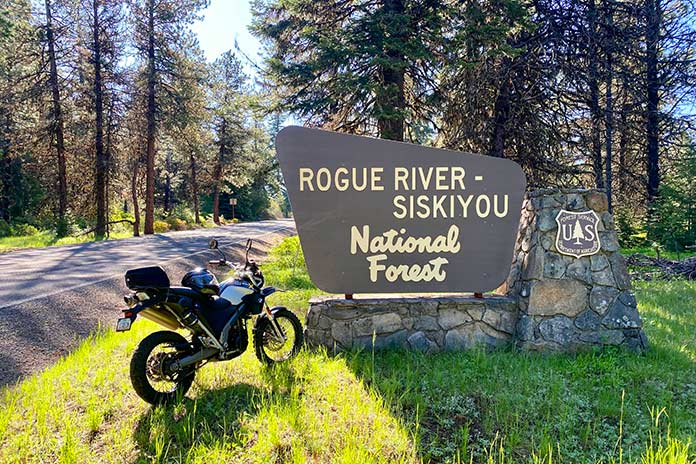
There is just something about southern Oregon. It can be difficult to choose between the area’s rolling grasslands, towering evergreens, high mountain lakes, quaint villages, and vibrant entertainment opportunities. In fact, it’s so hard to decide that I didn’t. To sample the cornucopia of Pacific Northwest treats, I spent a few early June days on an Oregon motorcycle ride aboard a BMW G 650 X Country, a scrambler-styled variant of the single-cylinder G 650 platform sold in the late 2000s.
The largest city in southwestern Oregon, Medford, is geographically central to each of the riding loops and entertainment opportunities I had planned, and my lodging for the two-day exploration was the Compass Hotel by Margaritaville. While a tropically themed hotel by Jimmy Buffet may seem incongruous in the Pacific Northwest, it was an ideal home base – clean, colorful, comfortable, and fun.
(See RESOURCES at the end of the story for links to information about areas covered in this ride.)
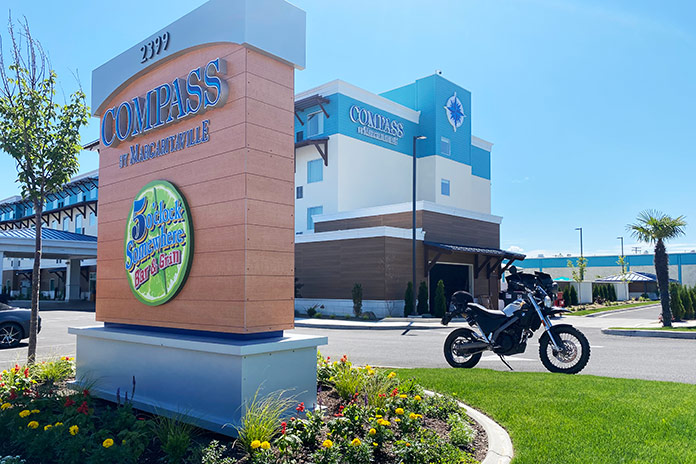
Oregon Motorcycle Ride Day 1: Ashland, a Ghost Town, and Shakey Graves
I packed the small tailbag on the BMW with water, my hat, and some snacks and headed southeast for the short jaunt to Ashland. Upon entering the lively, park-like city, I took a side ride past the theater compound of the Oregon Shakespeare Festival. While the festival was dark during this trip, I have been to several great Shakespearean performances at the OSF. One of these I highlighted for Rider back in 2016 in “Chasing Shakespeare: An Elizabethan Tour of the West.” If you can coordinate your visit to Ashland with an OSF performance, I highly recommend it.
After my roll through the spotless little city, the real ride began. I headed out on Dead Indian Memorial Road, which began as one of the first trans-Cascade travel routes in southern Oregon. It connects Ashland and the Rogue River Valley with the Upper Klamath Basin. The somberly named road begins as a gentle sway through grasslands before morphing into an evergreen-lined serpentine climb into the Rogue River-Siskiyou National Forest. The temperature dropped and the road coiled on the steady climb. Sweeping corners in wide-open grasslands became tighter in the high chaparral and hairpins in the tall forest. The light and nimble BMW proved perfect for the tightest of the corners on the route.
When I topped out into the dense forest, I took several jaunts onto the single-tracks and tight dirt roads that finger into the evergreen thickets. Again, the agile BMW was the perfect tool for the task. I came upon a sign indicating the crossing of the famed Pacific Crest Trail, a 2,650-mile hiking and horse trail that traverses the highest portions of the Cascade and Sierra Nevada ranges. The PCT was brought fully into the public lexicon through Cheryl Strayed’s self-discovery narrative Wild: From Lost to Found on the Pacific Crest Trail, which was later made into a Reese Witherspoon movie. Just a few miles later, the picturesque Howard Prairie Lake began to reveal itself intermittently as strips of deep blue through the stately emerald pines. I stopped at one of the lake’s boat ramps to take in the pristine waters fronting the snow-capped peaks in the distance.
More great riding led me aside Hyatt Reservoir. While the southwestern forests near my home in Arizona are somewhat monochromatic, consisting of mostly one type of evergreen, the forests in this region offer up multiple hues of green from a wide array of tree varieties. I turned west onto the Green Springs Highway, also known as State Route 66, which proved to be a fantastic motorcycle road that winds back into Ashland. The first of my three Oregon loops was exactly as I had hoped it would be. After a bite of lunch in Ashland’s downtown, it was time for my afternoon loop.
See all of Rider‘s ‘Great Roads West’ touring stories here.
Just south of Medford, I turned on South Stage Road, which quickly brought me to the intersection of Griffin Creek Road, which becomes Poormans Creek Road, and then I turned onto Sterling Creek Road. Sense a theme here? These creek roads offered up wonderful stretches of entertaining tree-lined sweeping turns, often flanking – you guessed it – mountain streams.
At the intersection of Sterling Creek Road and Little Applegate Road, I rolled into the major reason I plotted this portion of the ride. The tiny ghost town of Buncom sits directly at the intersection, and only three of the original structures remain of the once-thriving town that was established when gold was discovered on Sterling Creek in the mid-1800s. The weathered wooden buildings, which consist of the town post office, a wooden bunkhouse, and an old cookhouse, hearken back to a time of starry-eyed dreams of riches – and likely also of dashed hopes. After some moments imbibing the history, it was time for the last leg of the day.
From Little Applegate Road, I turned onto Medford-Provolt Highway and rolled through farmland and thriving vineyards on the way to Jacksonville, which is a bit like a mini-Ashland with its historic brick buildings and homey atmosphere. It is also at the heart of Oregon’s prolific wine industry, so great local and regional examples are available everywhere. It was here that another highlight of the trip was planned.
Jacksonville is home to the Britt Festival Pavilion, a beautiful, intimate outdoor music venue. The nonprofit amphitheater, which hosts several big-name acts throughout the year, is named for Peter Britt, who opened Oregon’s first official winery in the late 1800s. The attraction for me was a show by Shakey Graves, an inventive artist in the loosely defined Americana genre from Austin, Texas. As the sun set over the Jacksonville horizon, I sat in the grass, sipped a little red wine, and enjoyed the amazing show. It was the perfect culmination of a fantastic day of riding. After the show, it was a short ride back to Medford for some rest.
Oregon Motorcycle Ride Day 2: A Longer Loop and Crater Lake
Having gotten my feet wet with some great riding on the first day, the next day was for adding miles. In southern Oregon, that means more miles of spectacular scenery. A short jaunt out of Medford on State Route 62 got me to a portion of the road fittingly named the Rogue-Umpqua Scenic Byway. The road sweeps through a wide variety of terrains, lakes, and rivers. Most notably, the tarmac clings to the bank of the Rogue River for long stretches.
Just after the northernmost crest of this loop, I got in line to pay the fee for my first visit to the world-famous Crater Lake. While the early June snowpack still rendered much of the national park’s roadway closed, I got to sample the spectacular ride up to the lake and several different perspectives. I have seen some of the most iconic natural landforms this country has to offer, and Crater Lake is a singularly jaw-dropping place. It is the deepest lake in the United States, and the water beneath those sheer volcanic cliffs is as strikingly blue as I have ever seen. The clouds reflected on the surface of that glasslike, frigid water makes for a surreal beauty, while the mysteries of its 2,000-foot depth add a dash of intrigue.
Massive melting snowdrifts still lined the roadway and made icy inclines to many roofs in the park at the time of my tour. Runoff made riding vigilance of utmost importance as mini rivers crossed the park’s roads and water and debris were intermittently part of my rolling adventure. These road conditions and the abundance of wildlife make the “head on a swivel” idiom important for more than just taking in the scenery.
After riding out of the national park, I continued my loop ride on Crater Lake Highway to the southeast. Just after Fort Klamath, I made a westward turn and continued on the Volcanic Legacy Scenic Highway. As the highway took a southern turn, the extreme variety of the natural palate continued in spades. Expansive grasslands, towering trees, and rugged mountains took turns delighting my senses as I rolled toward Medford.
I motored past Upper Klamath Lake, which has the largest surface area of any freshwater lake in Oregon. In contrast to Crater Lake, Upper Klamath is shallow. On the final stretch of this loop, I rode through more majestic pines on the return to Medford. On State Route 140, I again crossed the path of the Pacific Crest Trail where it winds toward the base of the impressive Mount McLoughlin.
Just a month earlier, much of this ride would have been prohibitively cold and snowy. Even in June there were places, like portions of Crater Lake National Park, which were impassible. However, the mix of weather and topography was amazing on my three loops. I recommend this tour, or some variation of it, to any nature-loving moto-tourist. Extreme temperature variations are to be expected and should be reflected in what is packed in your panniers.
I rolled back to the Compass Hotel in Medford with a sore tail and a mind brimming with memories. My days in southern Oregon were amazing. Hundreds of miles on that BMW 650 proved to be a much more raw and visceral experience than it would have been on my bigger touring bike. More vibration? Yes. More wind? Yes. And more memories? For sure.
RESOURCES
- Medford, Oregon
- Compass Hotel Medford
- Oregon Shakespeare Festival
- Ashland, Oregon
- Jacksonville, Oregon
- Britt Music & Arts Festival
- Crater Lake National Park
With 50 years of motorcycling and 30 years of teaching English under his belt, Tim Kessel has melded those two passions into a gig as a motojournalist. Maybe that’s why there is always a permanent, satisfied smile under his full-face helmet.
The post Riding in Beautiful Circles: A Southern Oregon Motorcycle Ride appeared first on Rider Magazine.
Source: RiderMagazine.com

